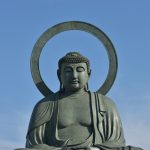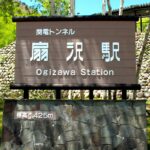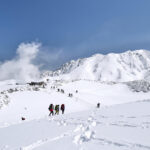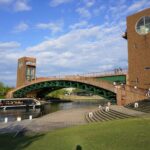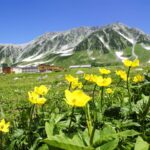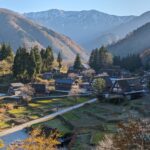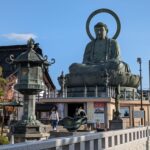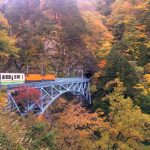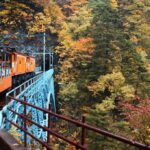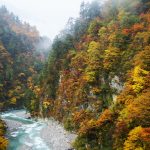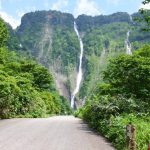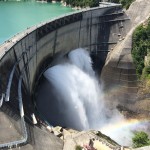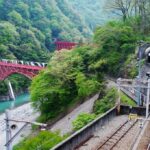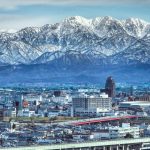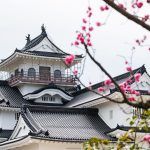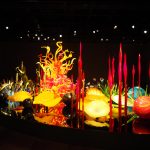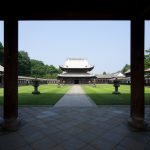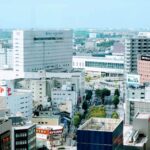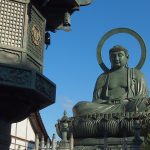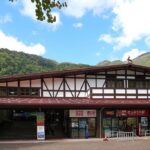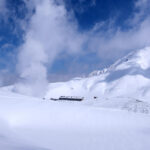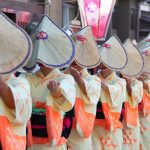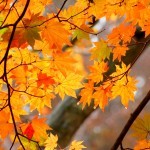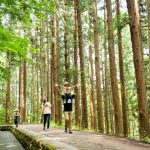25 Things to Do Around the Tateyama-Kurobe Alpine Route & Where To Stay
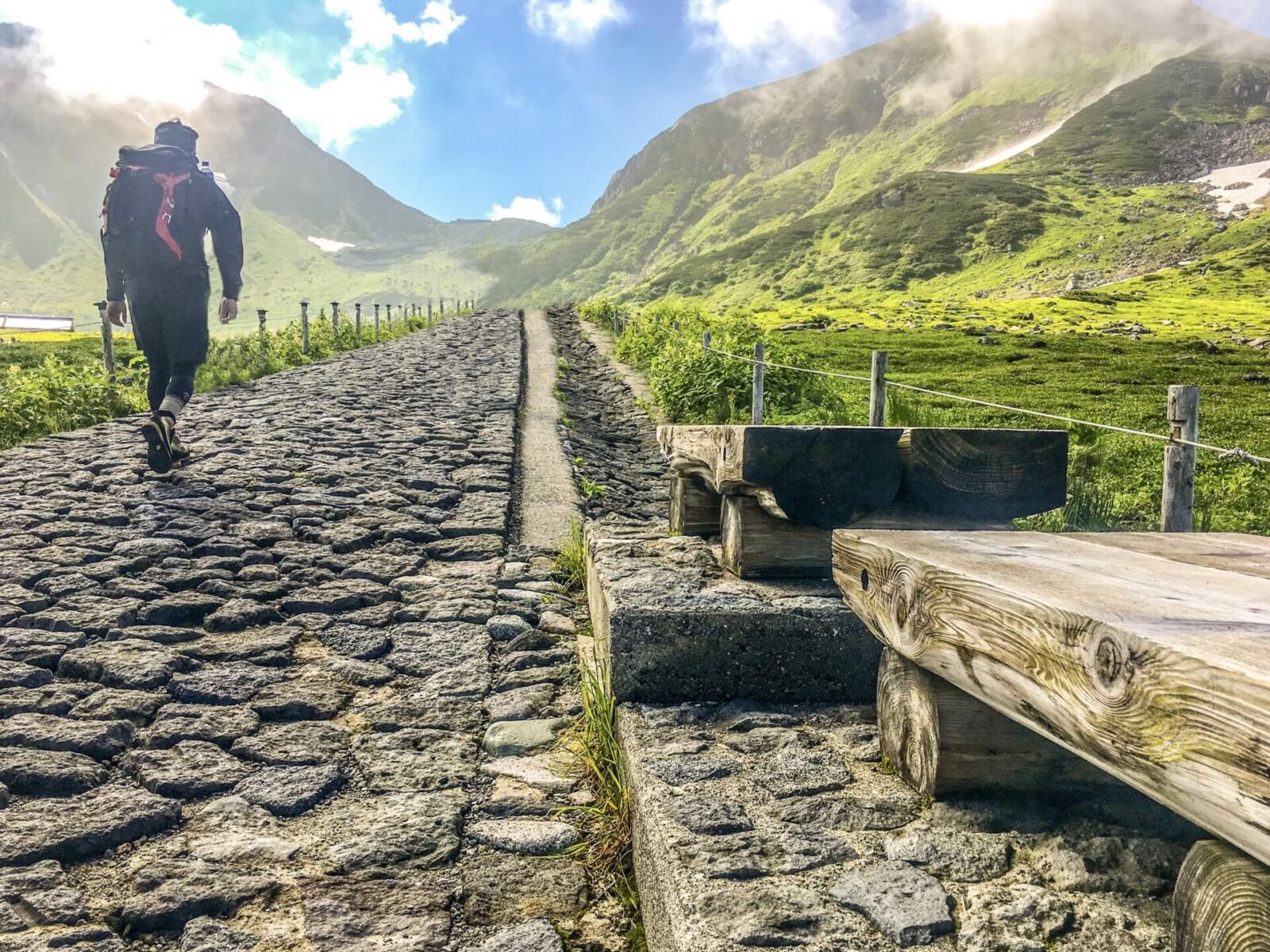
Open from mid-April until mid-November, the Tateyama-Kurobe Alpine Route is one of Japan’s most iconic destinations. Known as the ‘Roof of Japan’, the dramatic alpine landscape is inaccessible through winter due to the massive snowfall it is subject to. As spring takes hold and the snow begins to recede, a road is carved through the ice creating the fabled ‘Snow Walls’ of Tateyama-Kurobe, and through summer and autumn, the area boasts some of Japan’s best alpine hiking. On this page you will find the following information:
— Where is the Tateyama-Kurobe Alpine Route?
— What to Expect & Why You Should Visit
— Best 25 Things to Do Around the Alpine Route
— Best Places to Stay When Visiting the Alpine Route
— How to Get to the Alpine Route
— Book With Us! Nagano’s No.1 Tour & Charter Operator
From opening in mid-April, the Tateyama-Kurobe Alpine Route is best known for the immense ‘Snow Walls’ located around Murodo Station – around 2450 meters above sea level. Towering 20 meters above the road, this is one of Japan’s most iconic sights drawing visitors from all over the world.
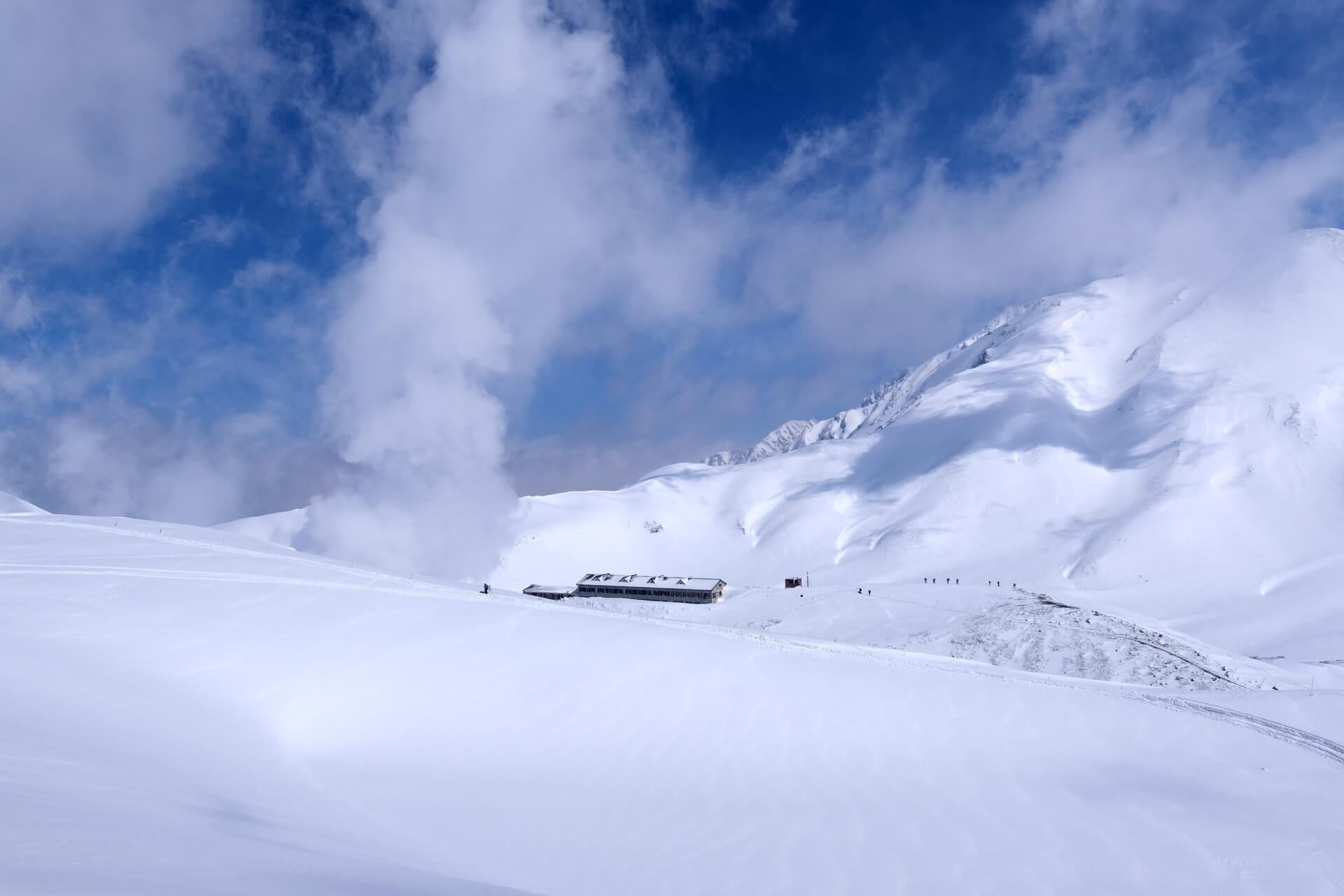
As the weather continues to warm and summer arrives, the snow will slowly melt revealing a beautiful alpine landscape. Trails lead away from Murodo Station and offer visitors outstanding hiking opportunities including to the summit of Mt Tate – one of Japan’s three sacred mountains. In autumn, the landscape transforms into a mosaic of amber, red, yellow and brown with the changing leaves. Readily accessible via Nagano Station and Toyama Station – stops on the Hokuriku Shinkansen line running from Tokyo to Kanazawa – the Tateyama-Kurobe Alpine Route is one of Japan’s most rewarding experiences and a great point from where to explore Central Japan.
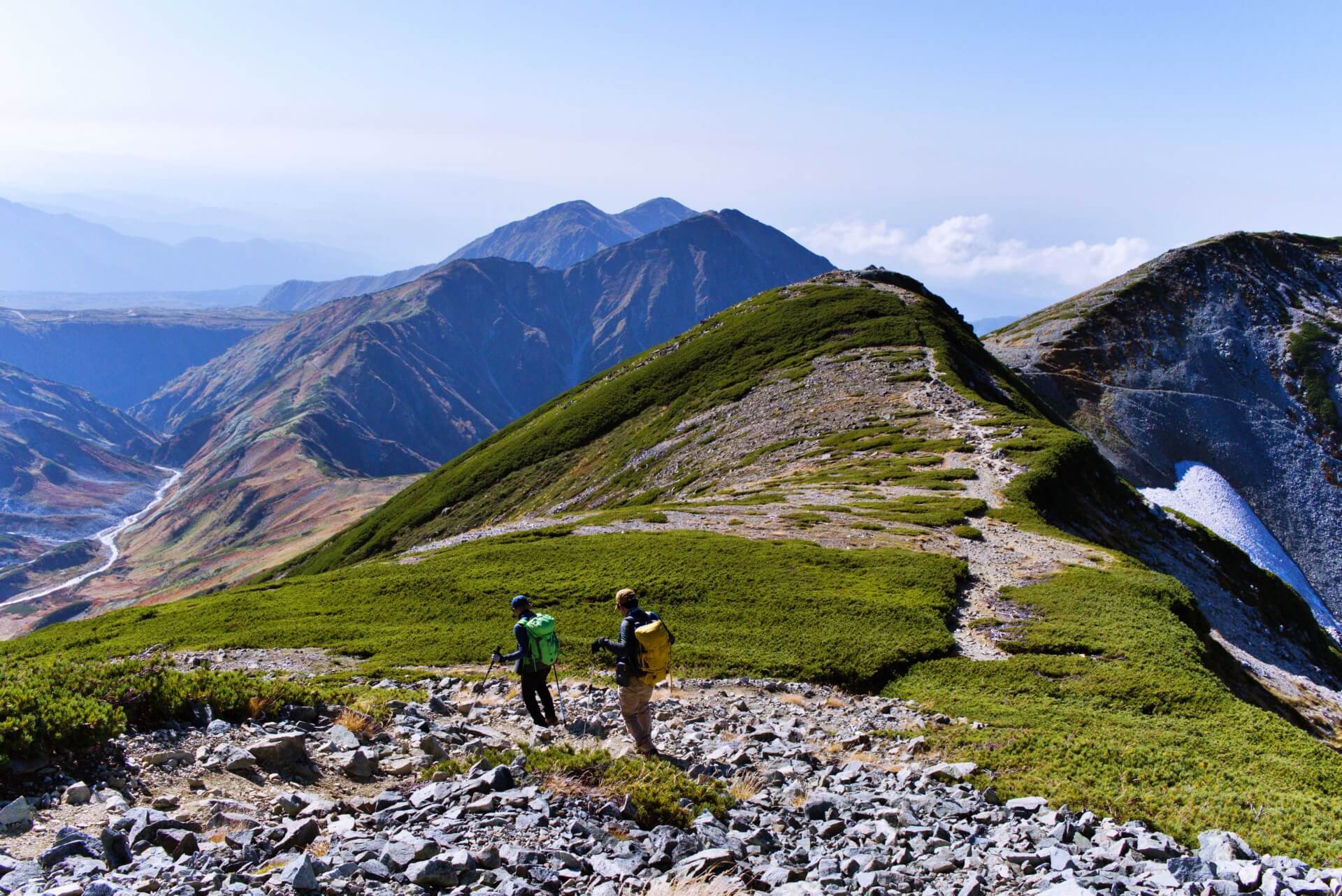
Based in Nagano and operating all year round, we are the region’s No.1 tour and charter operator. Our group tours run throughout the year, including multiple tours to the monkeys. We can also arrange private tours and charters to the park along with any destination in the region, and as a registered travel agent, we can package transport, accommodation and more together so you save and get the most out of your time at the park, Nagano and beyond – scroll to the bottom for details. Now let’s get into it with the obvious question:
WHERE IS THE TATEYAMA-KUROBE ALPINE ROUTE?
Open to the public from mid-April until mid-November, the Tateyama-Kurobe Alpine Route combines a series of transports to ascend Japan’s highest mountain range to Murodo Station. At 2450 meters above sea level, Murodo lies just over 500 meters below the summit of Mount Tate – known in Japan as ‘Tateyama’ – one of Japan’s three most sacred peaks. The Alpine Route straddles the prefectures of Nagano and Toyama, allowing visitors to start on either side and cross into the other prefecture or return the way that they came. Whichever way you choose to do it, you need to allow at least 6 to 7-hours from start to finish – basically, it’s an all-day activity.
For visitors coming from Tokyo, starting from the Nagano-side of the Alpine Route at Ogizawa Station will be the fastest option while visitors coming from Kyoto, Tokyo or Kanazawa will find starting on the Toyama-side of the route at Tateyama Station is the most convenient option – however it’s also worth noting that the efficiency of Japan’s network allows you to get to either starting point from Tokyo, Kyoto, Osaka or beyond with a minimum of fuss. Ogizawa Station is located around 270KM /4-hours to the north-west of Tokyo and around 60KM / 70-minutes to the west of Nagano City, making Nagano Station the nearest major transport hub on the east side of the route, while Tateyama Station is located around 30KM / 50-minutes from Toyama Station on the west side of the route.
WHAT TO EXPECT & WHY YOU SHOULD VISIT
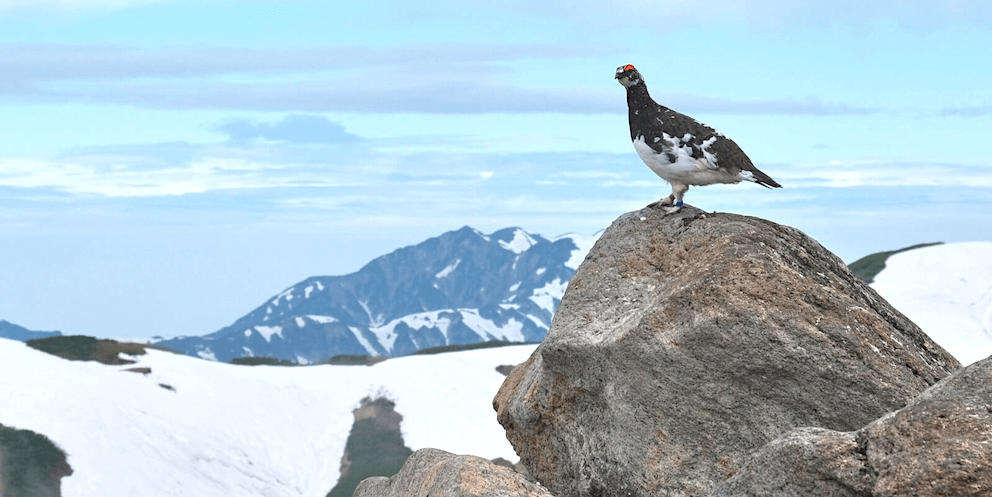
Part of the larger Chubu Sangaku National Park, the Tateyama-Kurobe Alpine Route is only open to the public from mid-April until late-November. Using a series of mountain transports including trolley buses, cable cars, a ropeway and large coaches, visitors can traverse Japan’s highest mountain range – the Hida Mountains, also referred to as the ‘North Alps’ – from either the Nagano or Toyama-side of the mountains via Ogizawa Station or Tateyama Station. At its highest point, the route reaches Murodo Station, which at 2450 meters above sea level opens-up a dramatic and beautiful alpine landscape. From opening in mid-April until mid-June, the landscape will be buried in snow, through which the iconic and immense ‘Snow Walls’ are carved afresh each spring. From June onward the snow will begin to melt, revealing a lush landscape of azure pond, fields of alpine flowers, and hiking trails that range for leisurely trails around Murodo Station or more intensive treks that ascend to the summit of Mount Tate (Tateyama) at over 3000 and deep into the national park.
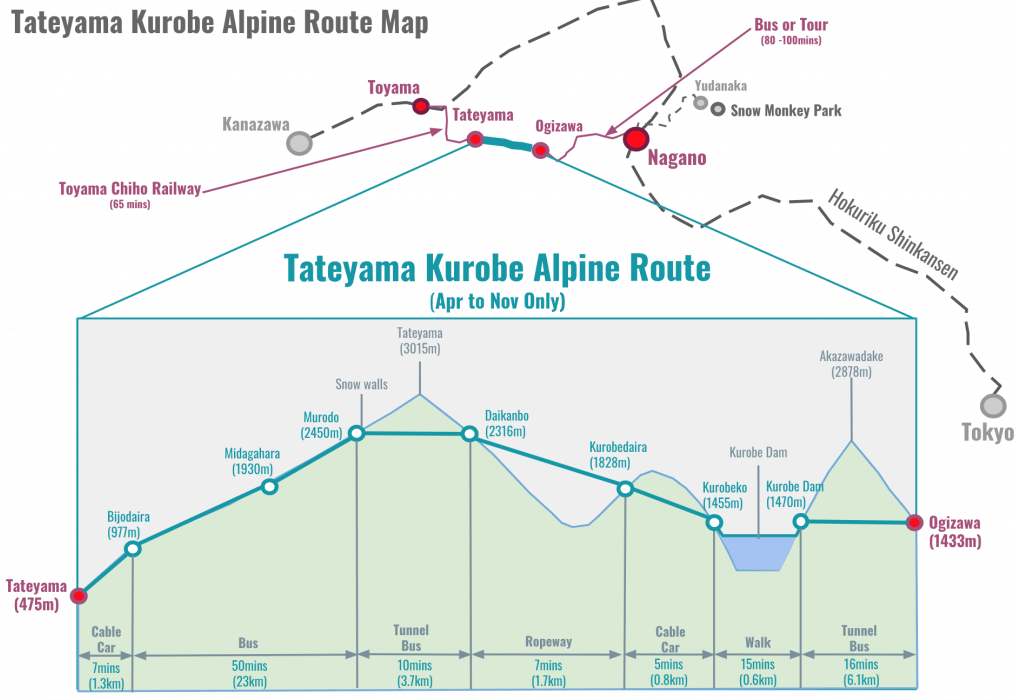
Considered one of Japan’s three most sacred mountains, Mount Tate stands along with Mount Fuji and Mount Haku as holding true significance for the Japanese people. It is a landscape imbued with spirituality and point of devotion for many, while just as many others use the Tateyama-Kurobe Alpine Route just for the experience and opportunity to witness the immense Snow Walls from April to June, summer hiking from late-June to early-September, and some of Japan’s best autumn colors from late-September until November. What you get when you go depends on the season you will visit, with weekends and holidays being popular – especially upon opening for the Snow Walls. Whether you choose to traverse the entire route from one side to the other or return the way you came, you should allow at least 6 hours to and from your chosen base station – either Ogizawa and/or Tateyama – and more time if you plan to hike.
25 THINGS TO DO AROUND THE ALPINE ROUTE
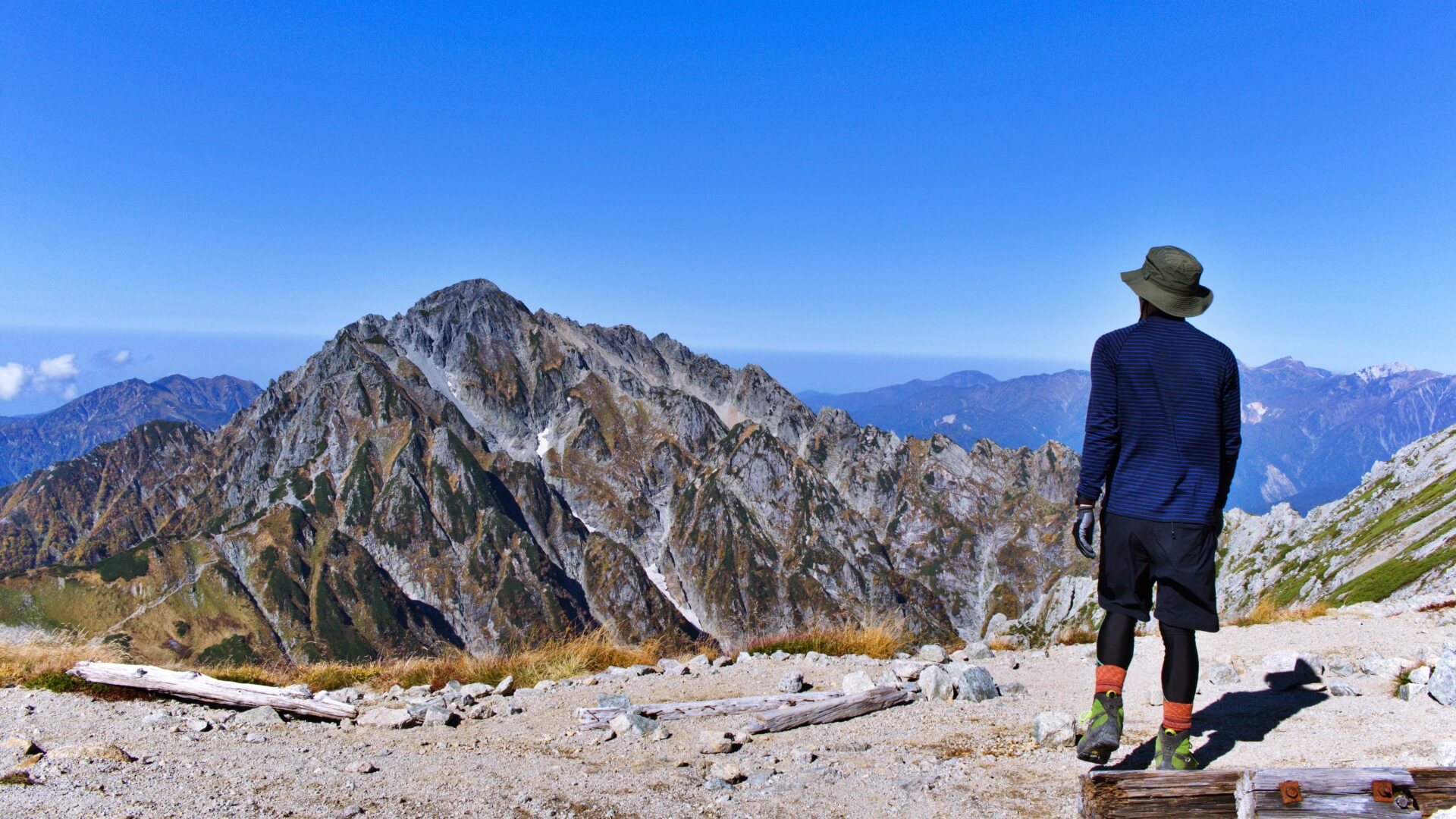
One of the most rewarding experiences in Japan, the Tateyama-Kurobe Alpine Route utilizes a series of transports to ascend Japan’s highest mountain range. Crossing from Nagano to Tateyama, the route connects multiple destinations and opens-up an otherwise remote and dramatic landscape. Most famous for its towering ‘Snow Walls’, traversing the Alpine Route opens-up a wealth of destinations and experiences, while the surrounding region offers some of Japan’s most rewarding attractions. Here’s our suggestion of some of the best things on offer.
1 / TATEYAMA-KUROBE ALPINE ROUTE / April to November
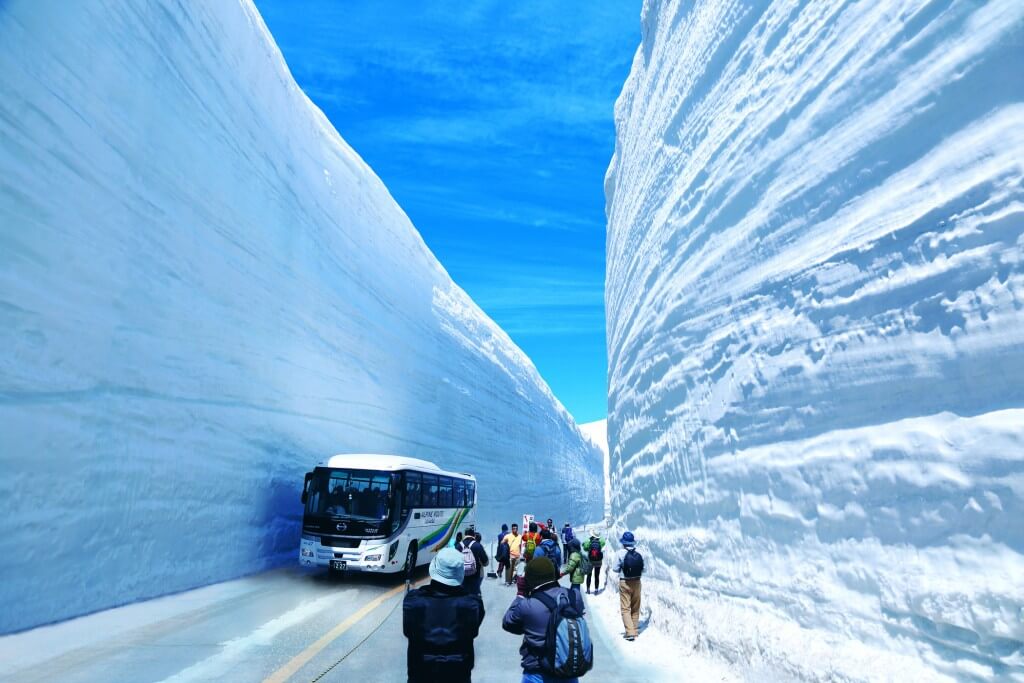
Let’s start with the obvious! Heralded as one of Japan’s best experiences, traversing the Tateyama-Kurobe Alpine Route takes approximately 6 hours without allowing for time to stop and enjoy all of its stunning sights. In reality, undertaking a visit to the Alpine Route is therefore a full-day activity. Visitors can start from Nagano via Ogisawa Station or Toyama via Tateyama Station, and choose to finish on the other side or return to their point of origin. A series of mountain transports including trolley buses, cable cars, a ropeway, and coaches transport visitors to and from Murodo Station – which at 2540 meters is the highest station in Japan.
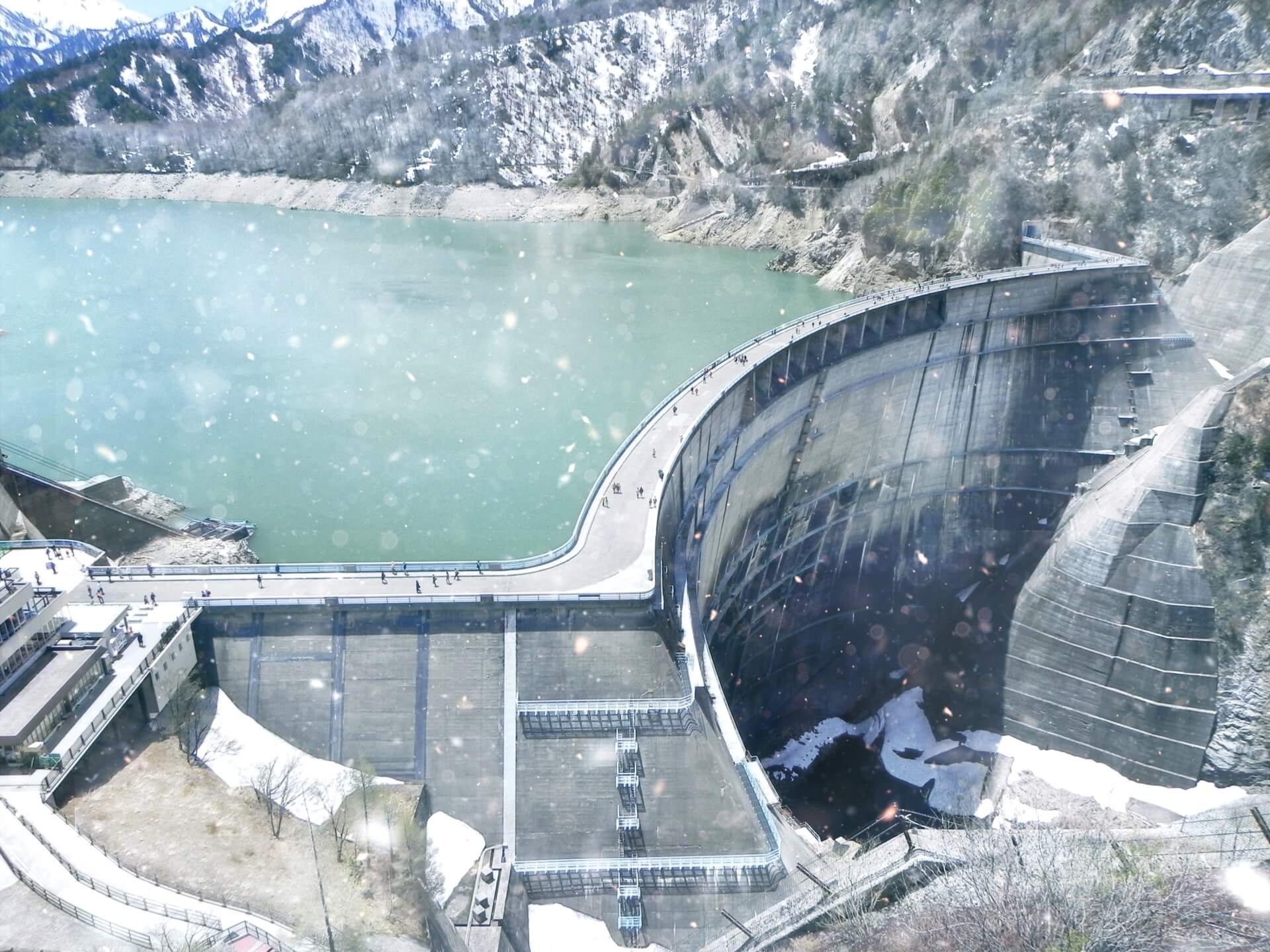
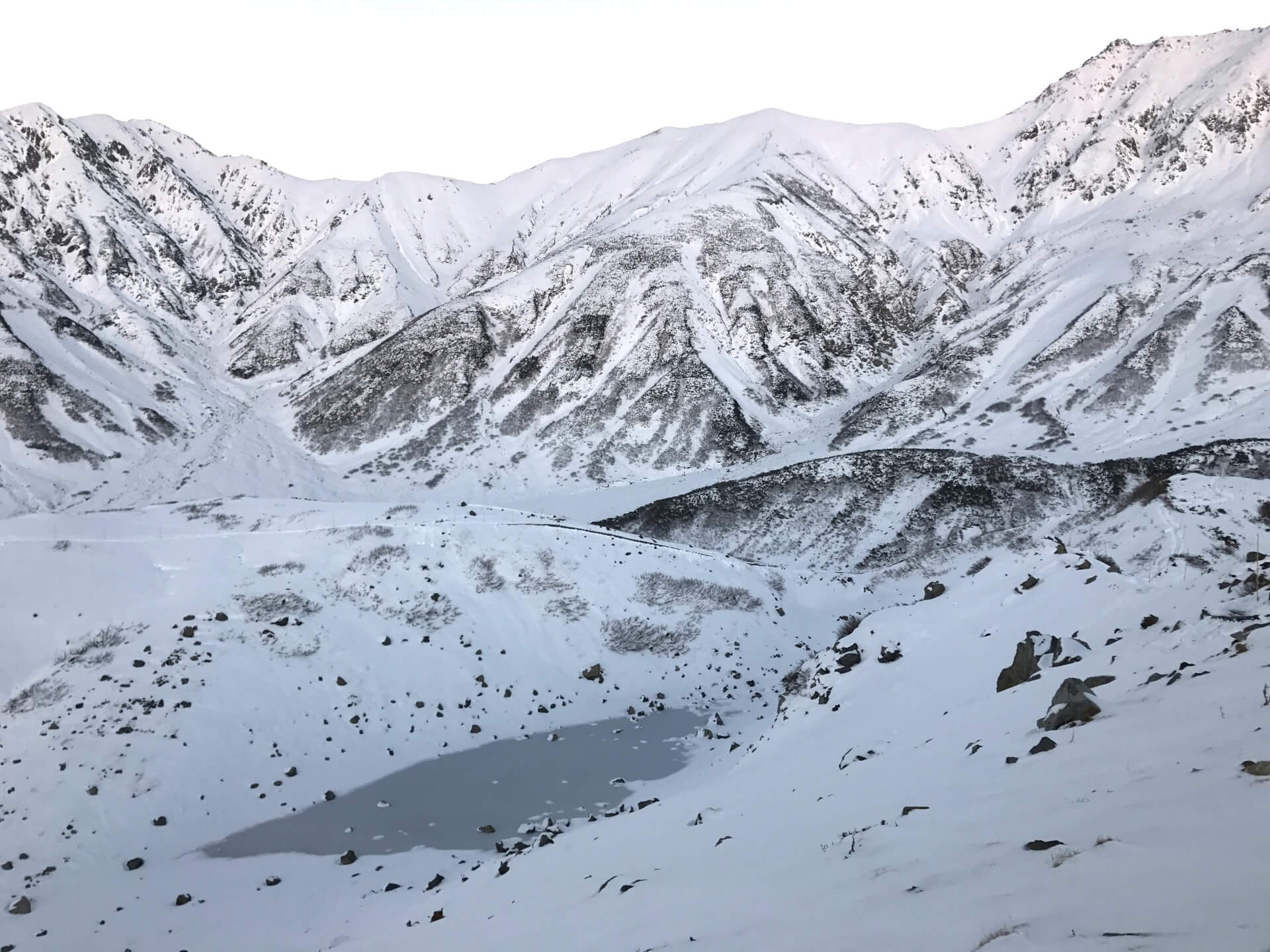
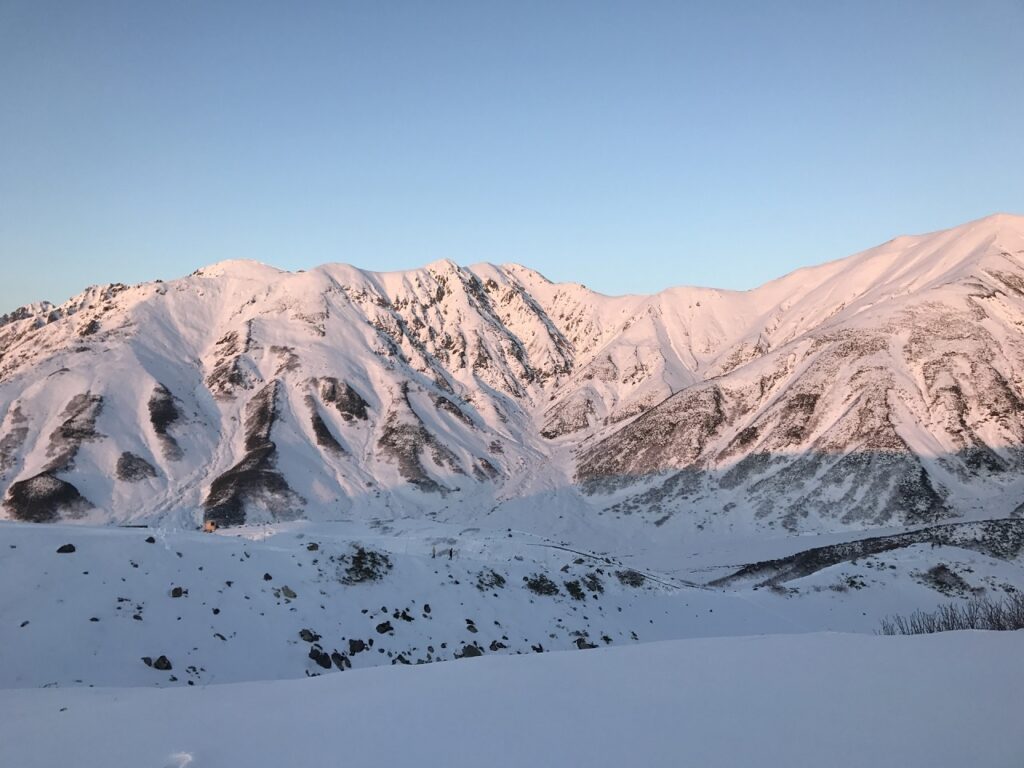
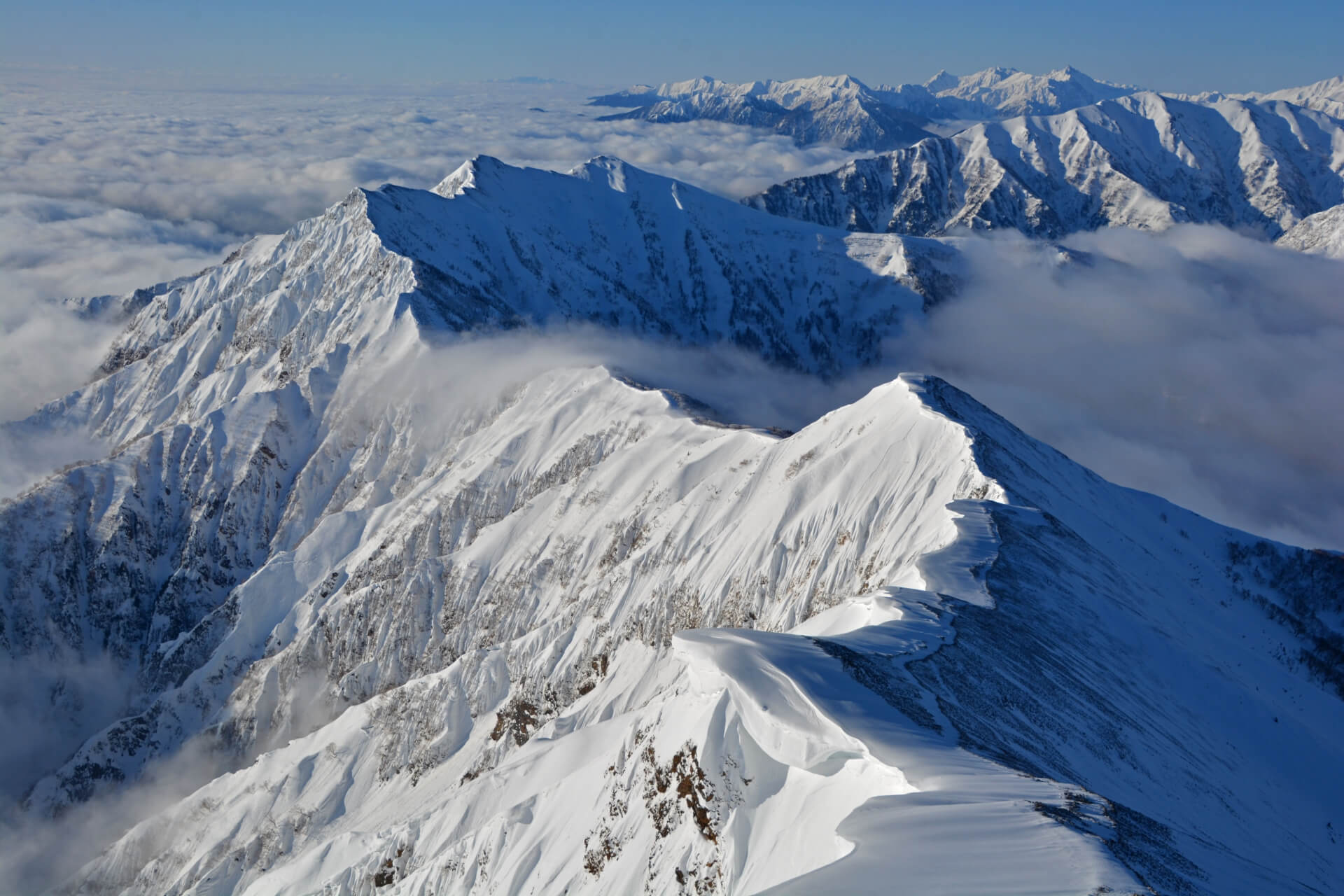
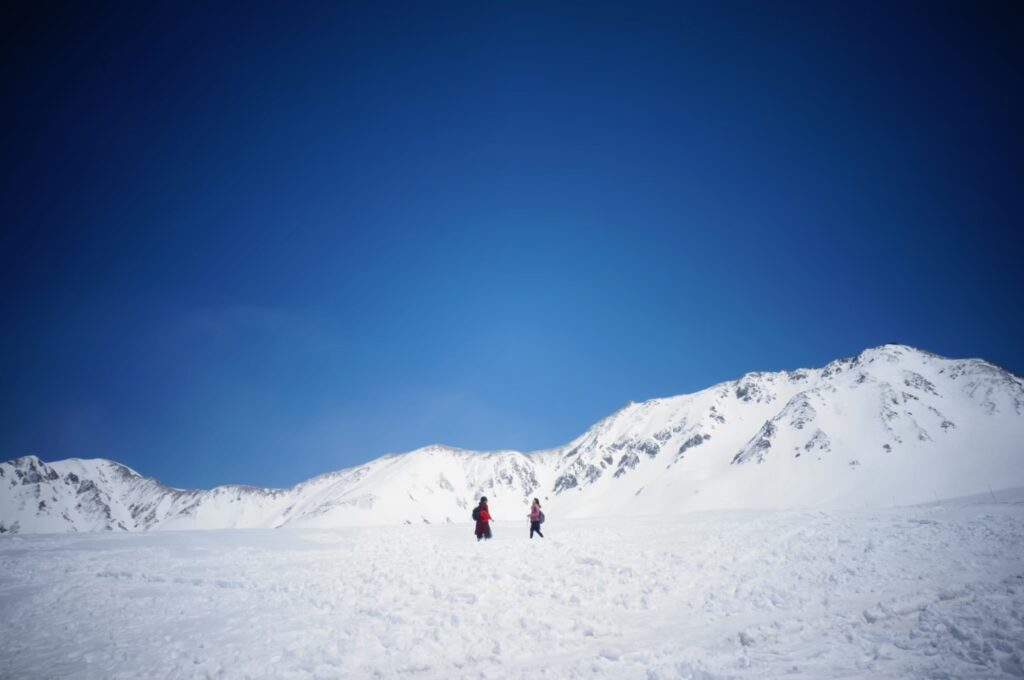
Open from mid-April to mid-November, the Alpine Route is most famous for its immense snow walls which, at their peak, ascend 20 meters above the road below. The walls are at their best from the opening day in April until late-June, after which outstanding hiking is available through summer and autumn, climaxing with stunning autumn colors in October until the route closes again in November.
If you are coming from Kanazawa or Toyama, join one of our tours to see all these wonderful natural sights. On the way up you will stop at a mysterious village that makes the entrance to Mt Tateyama and get a feel for the historical meaning of the mountain to the people of the past. Check it out below!
1 Day Tour
| 1 Day Tour from Kanazawa & Toyama: Snow Wall and Mysterious Valley | |
| Period | April to June |
| Time | 08:00 – 19:00 |
| Meeting Place | Kanazawa Station / Toyama Station |
| Adult Rate | ¥30,000 |
| Child Rate | ¥23,800 |

2 / SNOW WALLS OF THE TATEYAMA-KUROBE ALPINE ROUTE / April to June
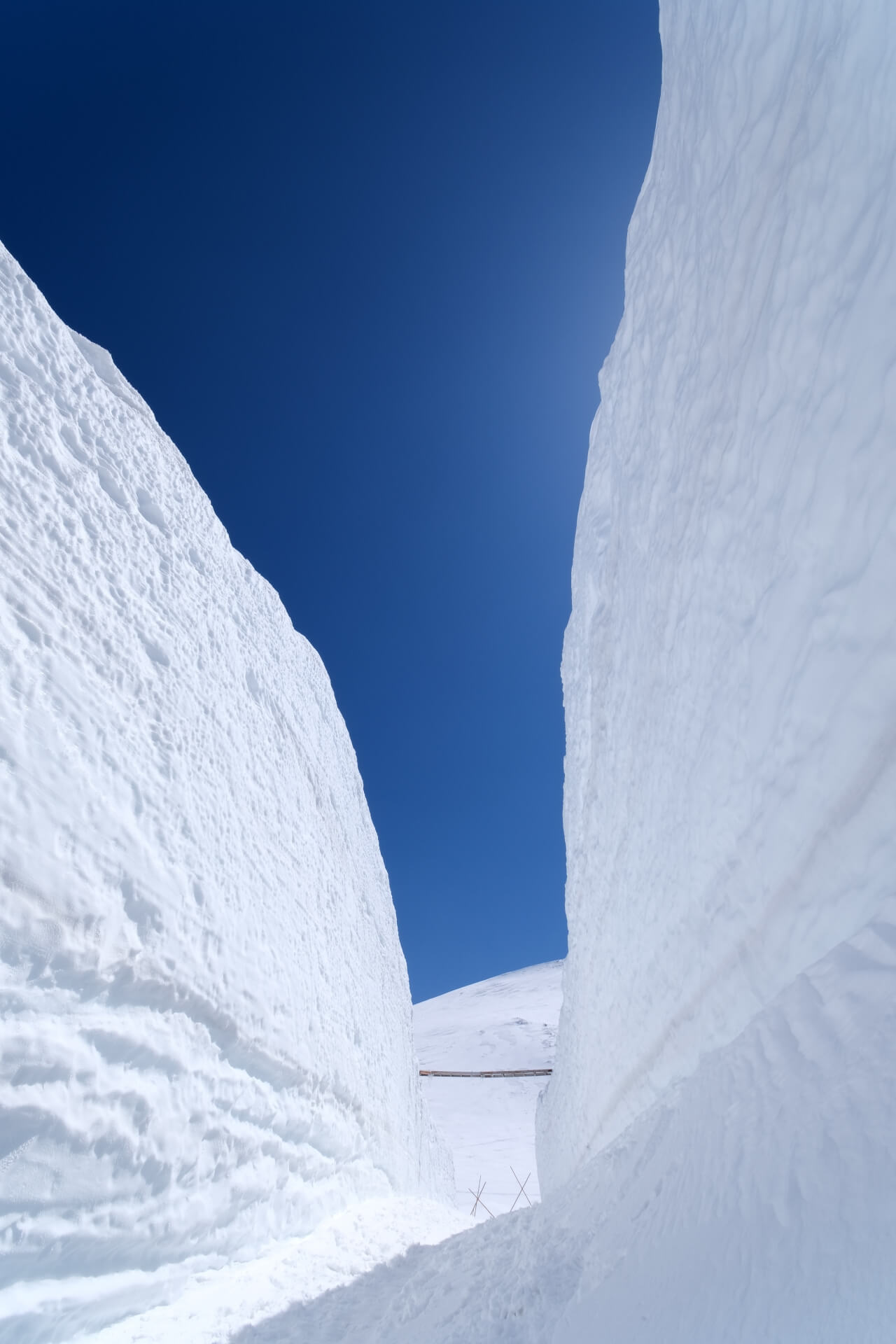
1 Day Tour
| [Spring Only] 1-Day Tour from Nagano: Snow Walls of Tateyama-Kurobe Alpine Route | |
|
| |
| Period | April to June |
| Time | 07:50/08:15 – 18:00-19:00 |
| Meeting Place | Hotel Kokusai 21 Nagano Station |
| Adult Rate | ¥30,000 |
| Child Rate | ¥23,800 |

A journey to the Tateyama-Kurobe Alpine Route includes many highlights such as the Kurobe Dam, dramatic alpine vistas, and the sacred mountain peak of Mt Tate. But of all of its many wonders, it is the Snow Walls of Tateyama-Kurobe that are its most distinct and unique feature. At their best from mid-April until late-June, the Snow Walls tower to 20 meters at their peak.
3 / HIKING AT TATEYAMA / July to November
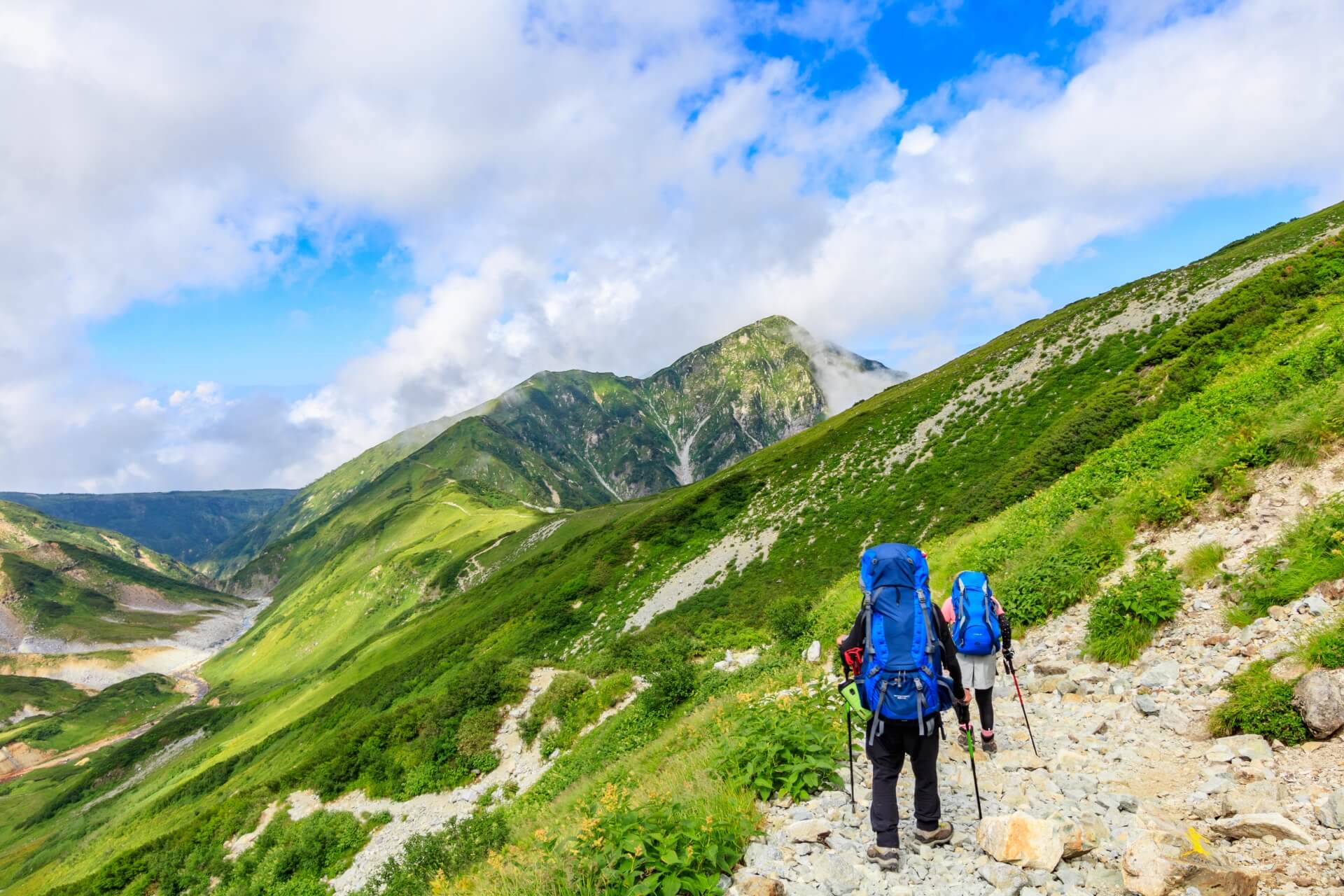
The Alpine Route traverses the northern end of the Hida Mountains, also known as the North Japan Alps. As Japan’s highest mountain range, many of its peaks rise to over 3000 meters in height including Mt Tate (3015m). As one of Japan’s three sacred mountains – along with Mt Fuji and Mt Haku – hiking Mt Tate is an awe-inspiring experience suitable for anyone of reasonable fitness. Best experienced from July until October, visitors have the option of hiking from and back to Murodo Station or undertaking longer, multi-day hikes. Mt Tateyama is a popular hiking destination and best experience on weekdays when it will still be busy, but the number of domestic visitors will be lower. Avoid weekends and public holidays.
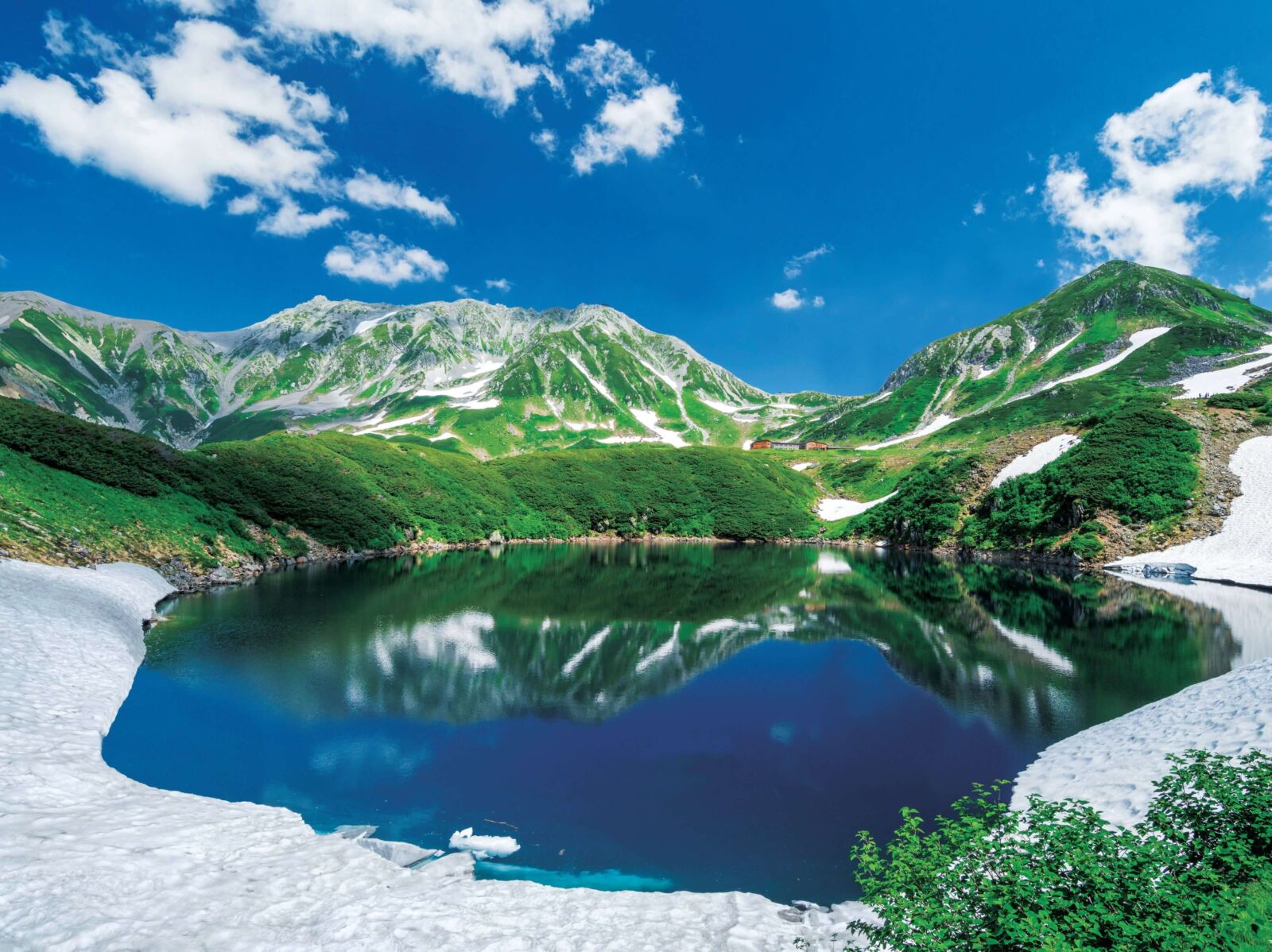
Visitors can also enjoy short walks around Murodo Station including leisurely trails ranging from 30-minutes to 3-hours. When descending toward the Toyama-side, a coach will transport you from Murodo Station to Bijodaira, and from there a cable car will carry you to Tateyama Station – the end point of your journey. In doing so, you will pass by beautiful scenery and some of the highlights of the Alpine Route. Running from Murodo Station to Tengudairu and then onto Midagahara, walking trails provide the option of walking to each station. Most visitors don’t realize that the option exists, meaning that the trails are quiet and offer one of the best ways to experience the beauty of the landscape.
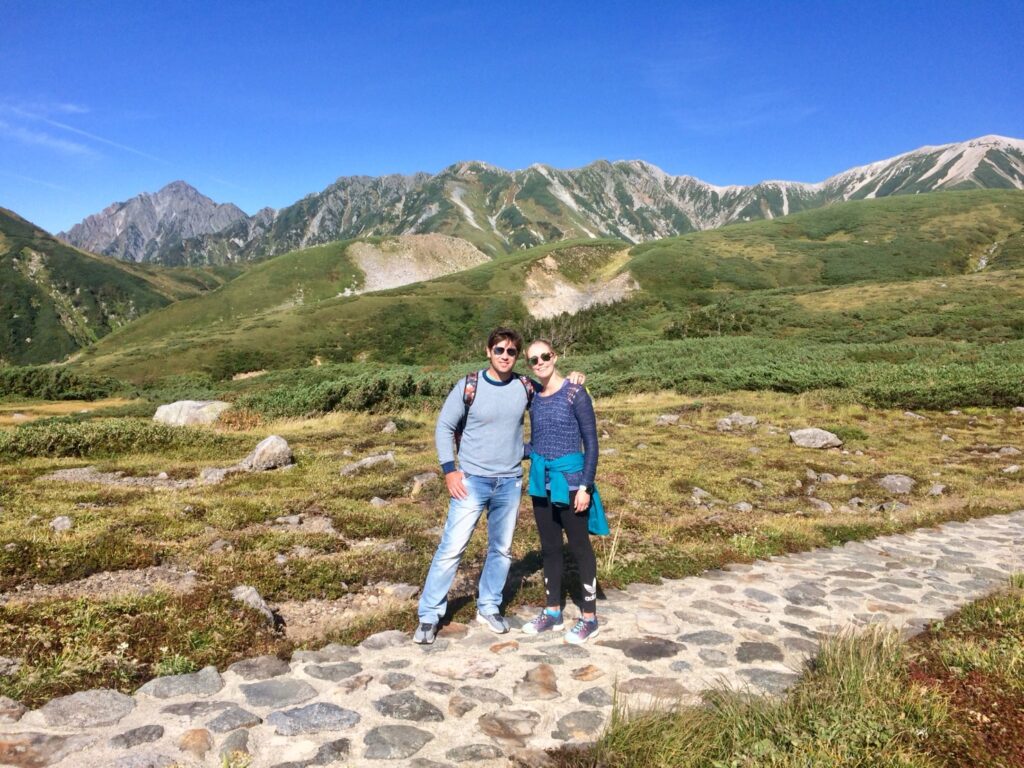
1 Day Tour
| [Summer/Autumn only] Tateyama-Kurobe Tour: Walking on the ‘Roof of Japan’ | |
|
| |
| Period | July to October |
| Time | 07:50/08:15 – 18:00-19:00 |
| Meeting Place | Hotel Kokusai 21 Nagano Station |
| Adult Rate | ¥30,000 |
| Child Rate | ¥23,800 |

Trails are well-maintained with sections of raised boardwalks. Once you reach Tengudaira and Midagahara, you can board the coach on its way. To do so, enter the buildings at those points and request that a phone is made to reserve your seats. As long as you already have your ticket his will be done on your behalf, free of charge.
4 / STARGAZING & SUNRISE AT MURODO / April to November
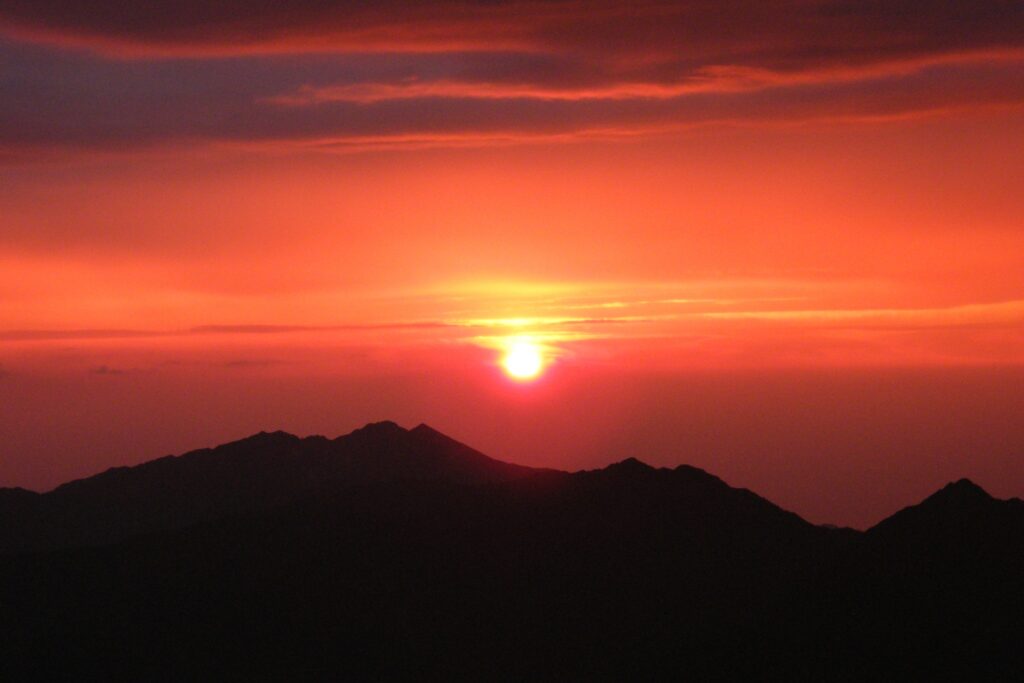
Most visitors undertake the Tateyama-Kurobe Alpine Route as a one-day trip, returning to back down the Nagano or Toyama sides by the end of the day. In doing so, visitors miss two truly outstanding experiences – the brilliant stars of the night sky and sea of clouds, which often sits in the valley below each morning. Witnessing the clouds below at sunrise, you understand just why this place is called the ‘Roof of Japan’. Hotel Tateyama is located at Murodo Station, offering Western and mixed Western-Japanese rooms along with in-house restaurant. We highly recommend staying a night and witnessing these two extraordinary natural wonders.
5 / AUTUMN COLOURS OF TATEYAMA-KUROBE / late-September to November
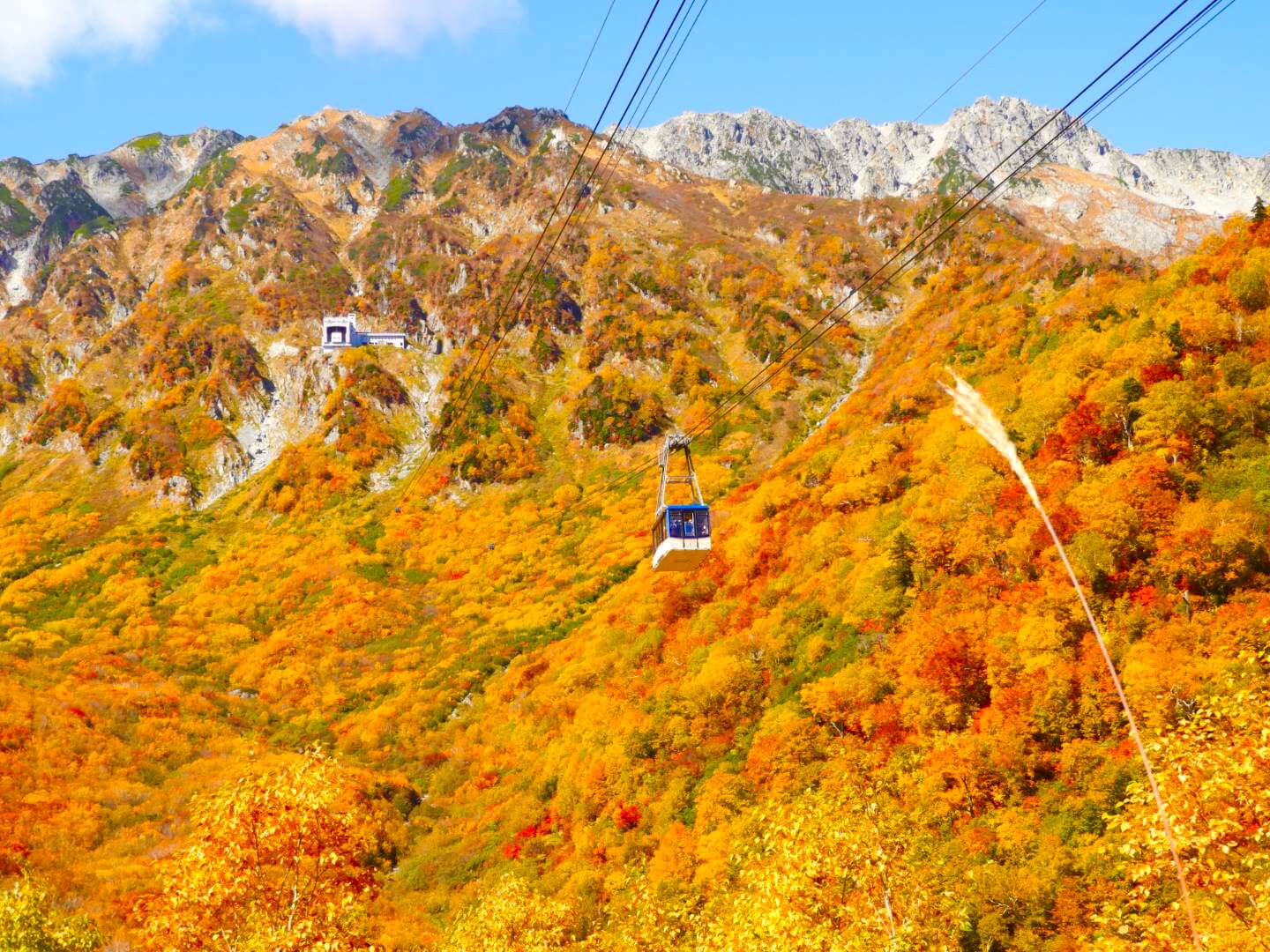
Autumn is one of the best times to experience the Alpine Route. Visitor numbers will begin to drop-off in October and November, at a time when the landscape changes colour in a spectacular display of amber, brown, yellow and red. Known as ‘koyo’ in Japanese, the autumn leaves are revered much like the cherry blossoms of spring. Weather can be a little unpredictable but don’t let that stop you. The beauty of the alpine landscape awash with color is one of Central Japan’s best experiences.
6 / HIDDEN HIGHLIGHTS – SHOMYO FALLS & GIANT CEDARS / best: May to November
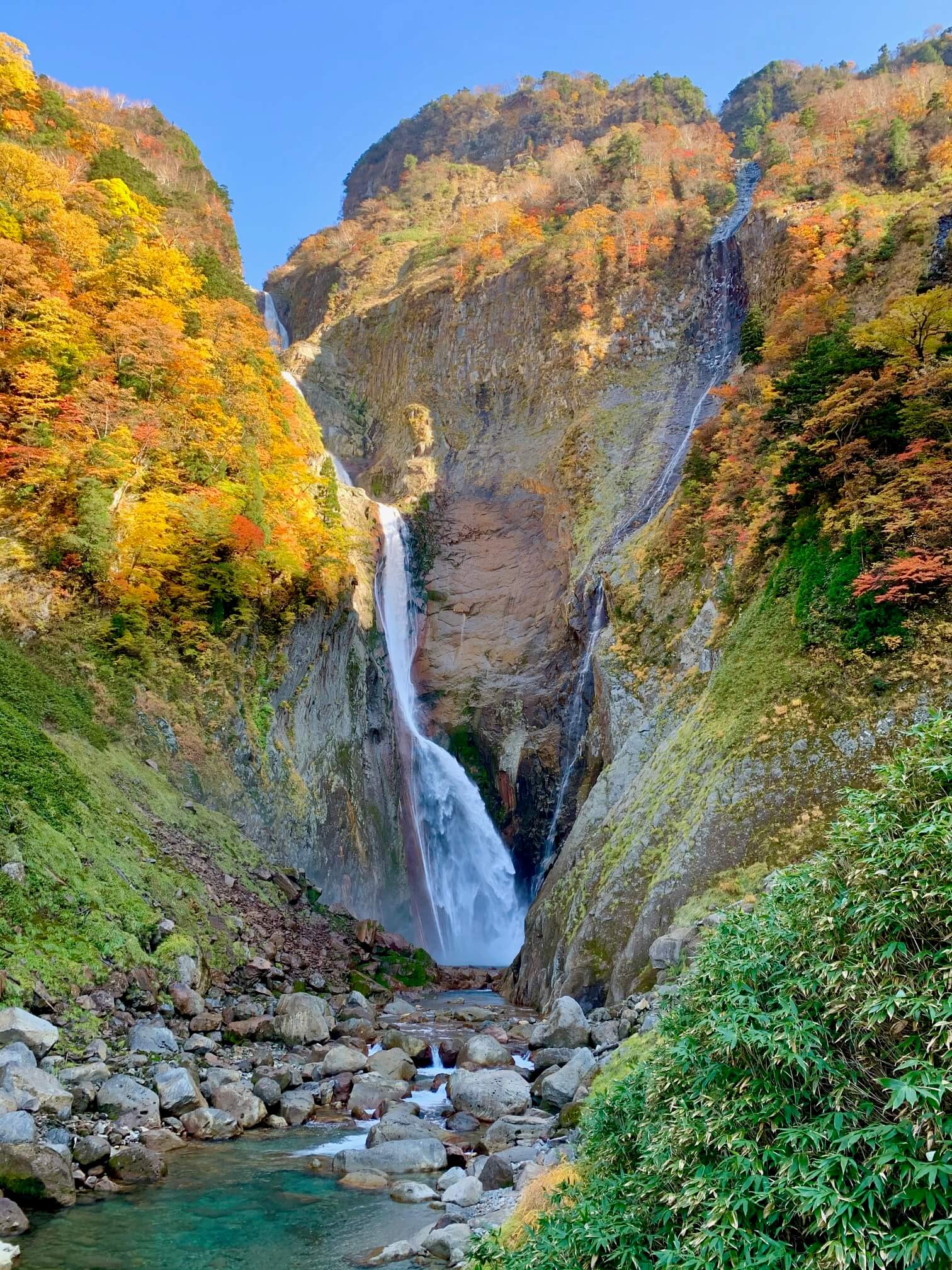
As you descend toward Tateyama Station, you will pass the Shomyo Falls between Midagahara and Bijodaira. At 350 meters in height, Shomyo Falls is Japan’s tallest waterfall. The four stage falls are a spectacular sight which in spring becomes even more remarkable, when a twin waterfall – Hannoki Falls – begins to fall as the snow melts on the Midagahara plateau. The waterfall can be reached on foot on the walking trails.
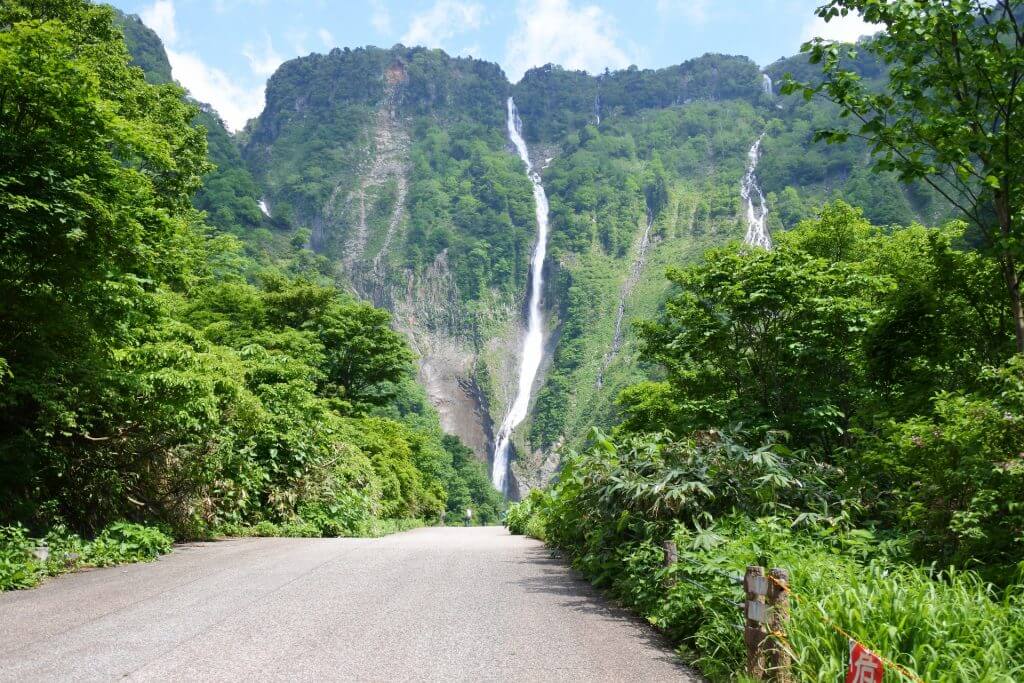
In the Bijodaira area, walking trails meander through virgin forest populated by large beech trees and the ancient cedars of Tateyama. Some cedars are estimated to be more than 1000 years old and reach heights f around 30 meters with circumferences of 6-10 meters More than 60 bird species call these forests home, imbuing the ancient forests with magical twitter and chatter. Shomyo Falls can be accessed using the local bus service from Tateyama Station.
7 / DISCOVER THE GRASSLANDS AND FORESTS OF TATEYAMA / best: May to November
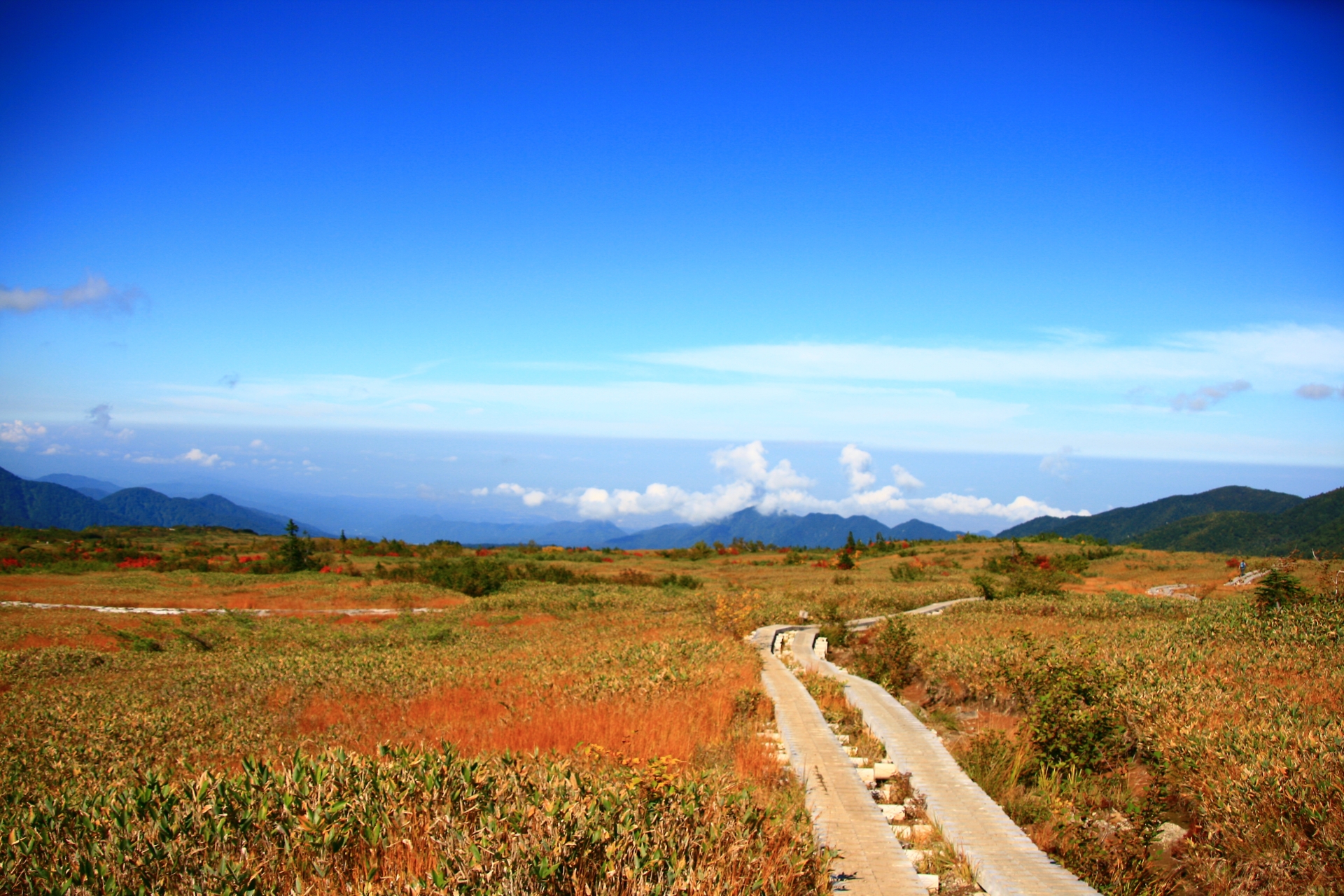
Even as the Snow Wall melts there are beautiful places all over the mountain range. Midagahara and Bijodaira are great places to hike around with the excellent scenery of the mountains and grasslands of the high altitudes. There are hikes that can take you around to some nice flowers and types of plants that are good for all different levels of hikers. If you are a beginner there are relatively flat walks that take form 30 minutes to an hour. If you really want to explore, there are multi-hours hikes that can even take you to the top of the surrounding mountains. There is a cornucopia of options that start at different locations throughout the area for you to explore!
8 / ASHIKURAJI: BUDDHIST HEAVEN-BUDDHIST HELL / best: April to November
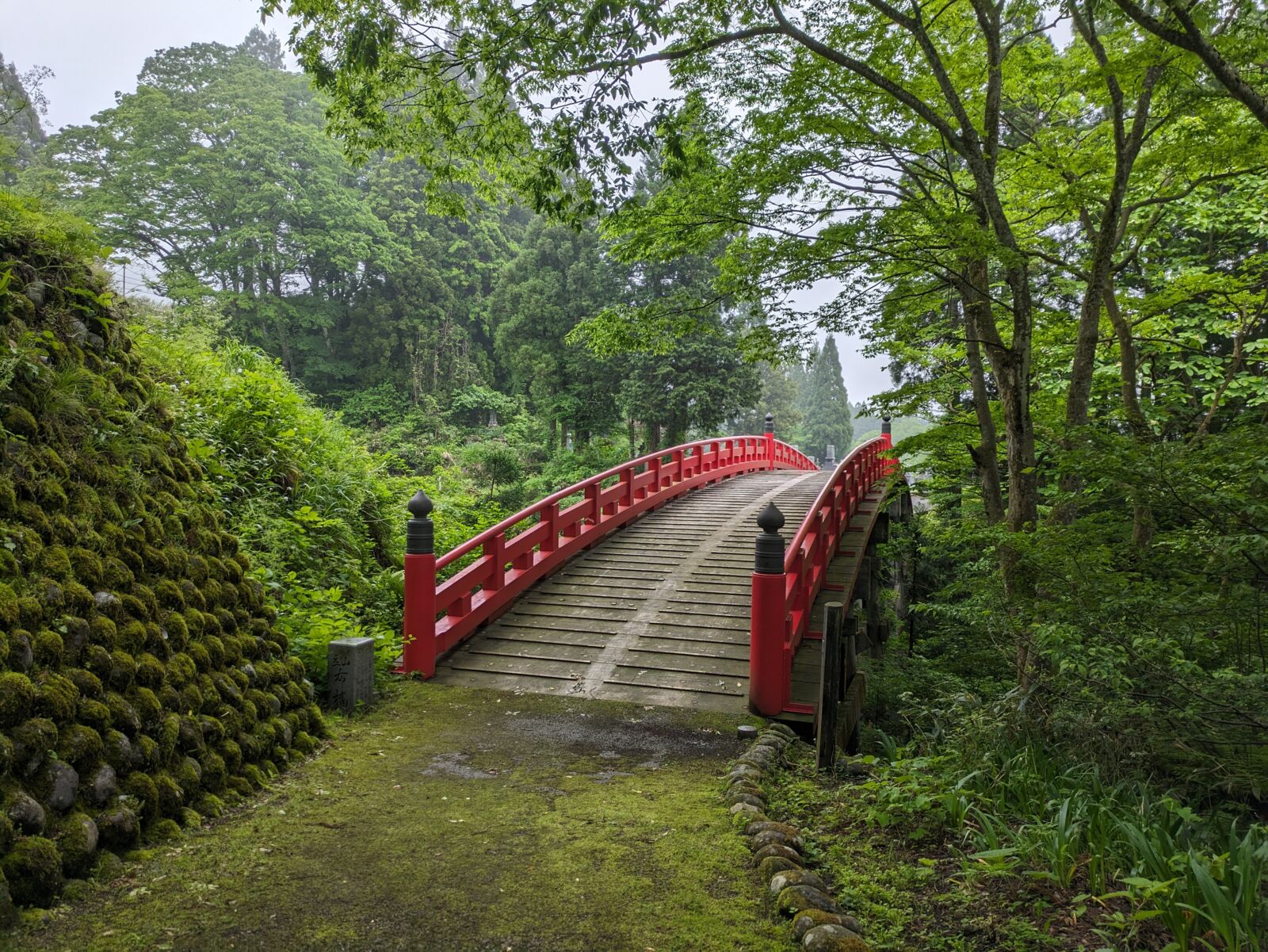
At the foot of the Central Japan Alps, Eastern Toyama has been a spot known for its spirituality and its importance in Japanese religion. Ashikuraji is considered the entry point to Mt. Tateyama with many people even today stopping here before starting the ascent. Enma, the god who decides who goes to heaven and hell, also has a temple of worship. Just below that is a bridge over a ravine that is considered one that crosses from the land of the living to the land of the dead. The entire area has an interesting feel and a deep history that goes back hundreds of years.
Dive deep into road to Mt. Tateyama by traveling through Ashikuraji on one of our tours. You can see the temples and bridge mentioned above while also going all the way to the top and view the famous Snow Walls. Check it out below!
1 Day Tour
| 1 Day Tour from Kanazawa & Toyama: Snow Wall and Mysterious Valley | |
| Period | April to June |
| Time | 08:00 – 19:00 |
| Meeting Place | Kanazawa Station / Toyama Station |
| Adult Rate | ¥30,000 |
| Child Rate | ¥23,800 |

9 / RIDE THE TOYAMA CHIHO RAILWAY / all year round
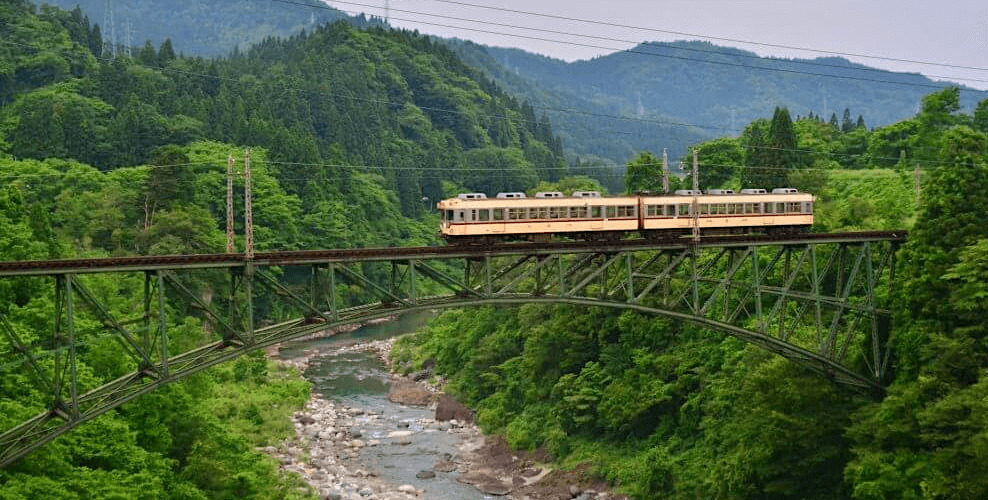
The Toyama Chiho Railway connects Toyama City with two of the regions most enjoyable destinations – the Tateyama-Kurobe Alpine Route via the Tateyama Line and Kurobe Gorge via the Main Line – and is in itself, a highly enjoyable experience. The train line is known for its beautiful coastal and rural vistas, and service by several older model trains including the retro Alps Express and Double Decker Express. The famous line has acted as the inspiration or setting for many films and anime, and is extremely popular with train enthusiasts. More than just a way of getting to and from popular regional destinations, the Toyama Chihou Railway is one of the best experiences nearby the Tateyama-Kurobe Alpine Route.
10 / OIWASAN-NISSEKIJI TEMPLE / best: April to November

Oiwasan-Nissekiji Temple dates back about 1300 years and although the buildings aren’t that old there is an old Buddhist god carved into rock that sits behind the altar that is said to have been carved during the founding. Another unique aspect of this temple is the six small waterfalls. You can do waterfall training, or standing under the waterfall, which cleanses your mind, body and soul. In the nearby area is a beautiful small gorge with nice views called Sengankei. If you go a bit farther into the mountains you can see the house from the anime Wolf Children: Ame & Yuki (Okami-no-kodomo no Ame to Yuki).
11 / ENJOY THE HOT SPRINGS OF UNAZUKI ONSEN / all year round
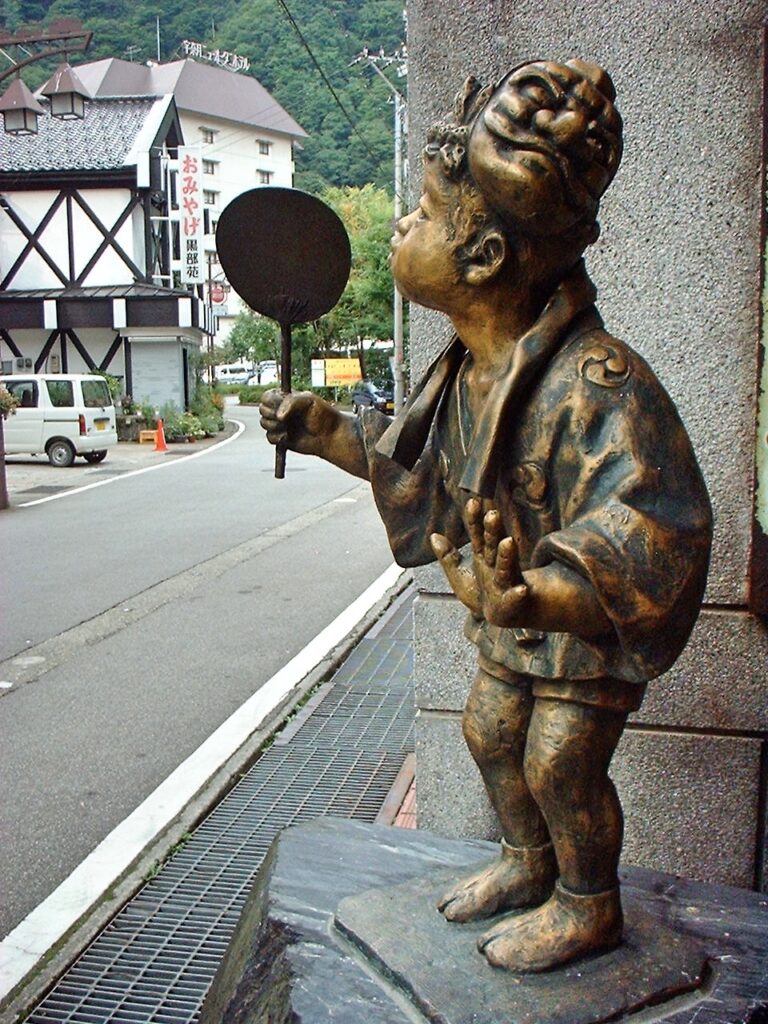
Situated at the entrance of the beautiful Kurobe Gorge, Unazuki Onsen is the largest hot spring town in Toyama Prefecture. Home to many guesthouses including traditional ‘ryokan’ and large hotels, the hot springs of Unazuki Onsen are known for the clarity of their water, known to aid healthy and vibrant skin. Located close the coast, the guesthouses of Unazuki Onsen are known for the quality of their seafood and with a local craft beer brewery nearby, this is a great place to stay when wanting to enjoy the best of Toyama. For accommodation bookings in Unazuki, please refer to our ‘Unazuki Onsen / Kurobe Gorge Area’ hotel page.
12 / RIDE THE KUROBE GORGE RAILWAY / best: May to November
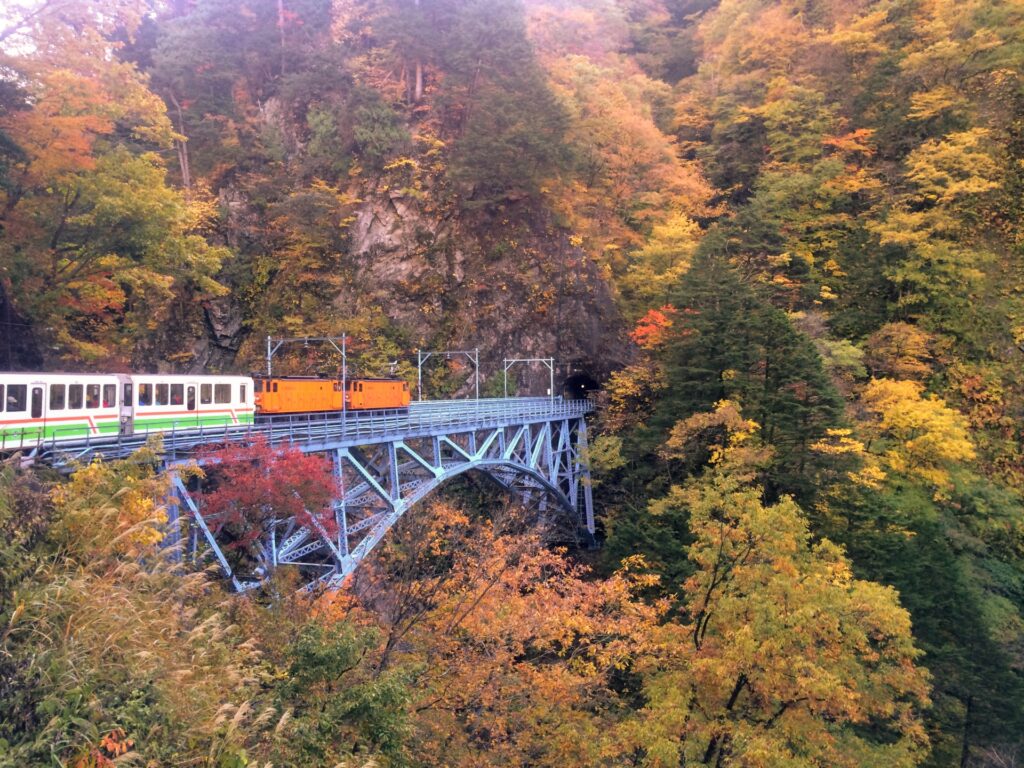
Directly accessible from Unazuki Onsen, Kurobe Gorge is quickly emerging as a popular destination for international visitors. Regarded as one of the three most beautiful gorges in Japan, Kurobe is best experienced riding the Kurobe Gorge Railway which covers a meandering and winding 20km span in approximately 80 minutes. The open-air carriages allow visitors an intimate experience of the surrounding landscape with stations along the route allowing access to walk trails, onsen, restaurants and accommodation. The rail line includes several spectacular bridges and truly beautiful hot springs including Kuronagi Onsen and the riverside Kanetsuri Kawara Onsen. Highly recommended.
13 / AUTUMN LEAVES OF THE KUROBE GORGE / October to November
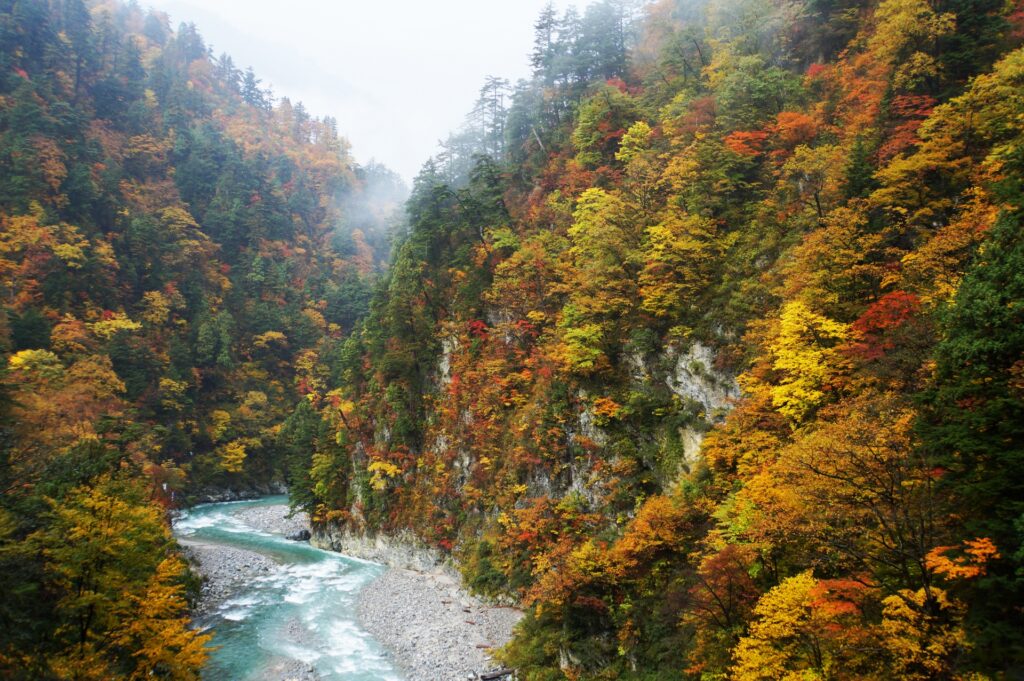
While always stunning, autumn is perhaps the best time of year to visit the Kurobe Gorge. Through mid-October until mid-November, the leaves of heavily forested gorge turn, washing the landscape in rich shades of red, brown, amber and gold. Typically blessed with deep blue skies and crisp autumn air, riding the railway in October and November is one of Central Japan’s best experiences! Given the beauty of the gorge during autumn, the railway can be very busy so best to avoid weekends and public holidays.
14 / VISIT TOYAMA CITY / all year round
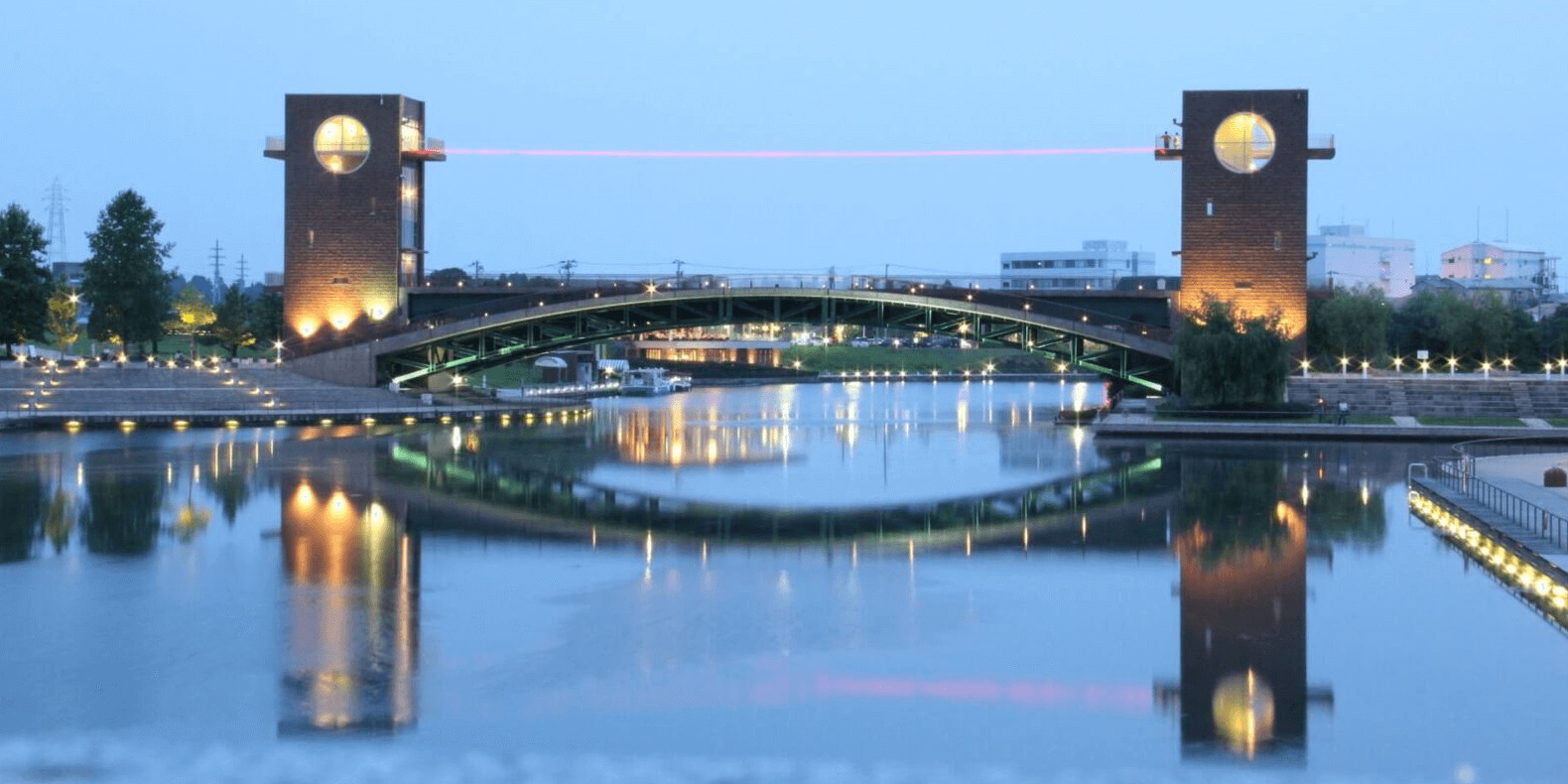
Visitors traversing the Alpine Route from one side to the other will likely pass through Toyama City at some point. A region famous for its seafood – some of the best in Japan – Toyama City is developing a reputation as an up-and-coming city that’s easy to exlpre. Originating from Toyama Station, the city is home to an enjoyable tram network which can be used to access nearby attractions including Toyama Castle Ruin Park. The park covers the former grounds of Toyama Castle and features a reconstructed keep (main tower), art museum and Japanese garden set amongst pleasant grounds. A little further on from the gardens, the Toyama Glass Art Museum was designed by architect Kengo Kuma – designer of the new Tokyo Olympic Stadium – and exhibits beautiful glassworks from around the world. Also nearby the station, the Toyama City Hall Observatory is one of the best spots for viewing the dramatic Tateyama Mountains. Located just across the river from Toyama Castle Ruin Park, it is one of top three spots to view the mountains. Nearby Kurehayama Park Observatory and the Amaharashi Coast – see below for details – are equally great spots from where to view Toyama’s famous mountain vista. For more tips and suggestions of what’s on offer, see our ’25 Things To Do Around Toyama & Where To Stay’ page.
15 / TOYAMA BAY SEAFOOD / all year round
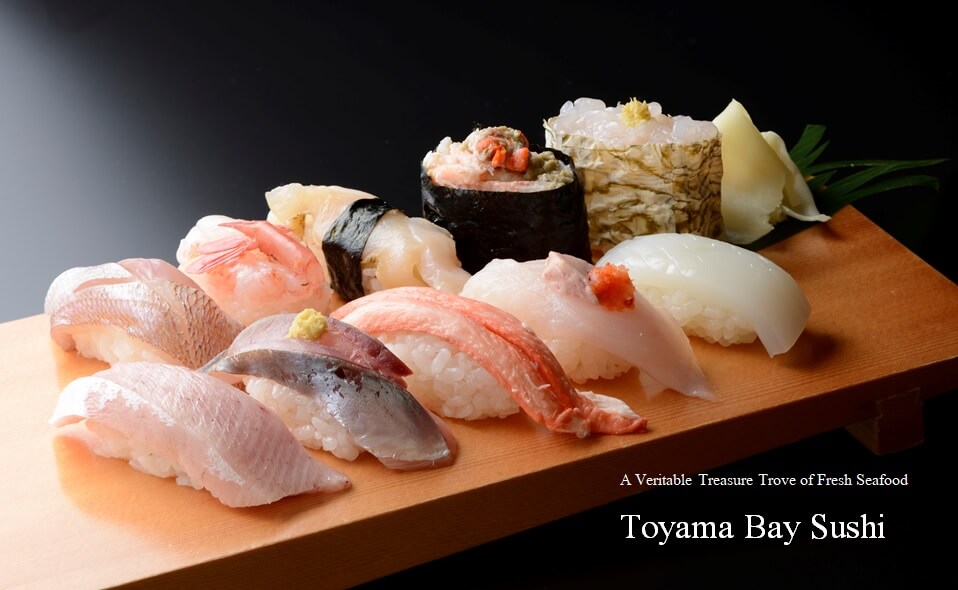
Toyama Prefecture is known throughout Japan for its delicious seafood sourced from the plentiful waters of Toyama Bay. The topography of the bay creates a natural fish tank, as the sea floor drops away sharply, creating a submerged canyon which forms a natural boundary for sea life. Nutrients wash down from the North Japan Alps creating bountiful fishing grounds which feed the nearby coastal markets.
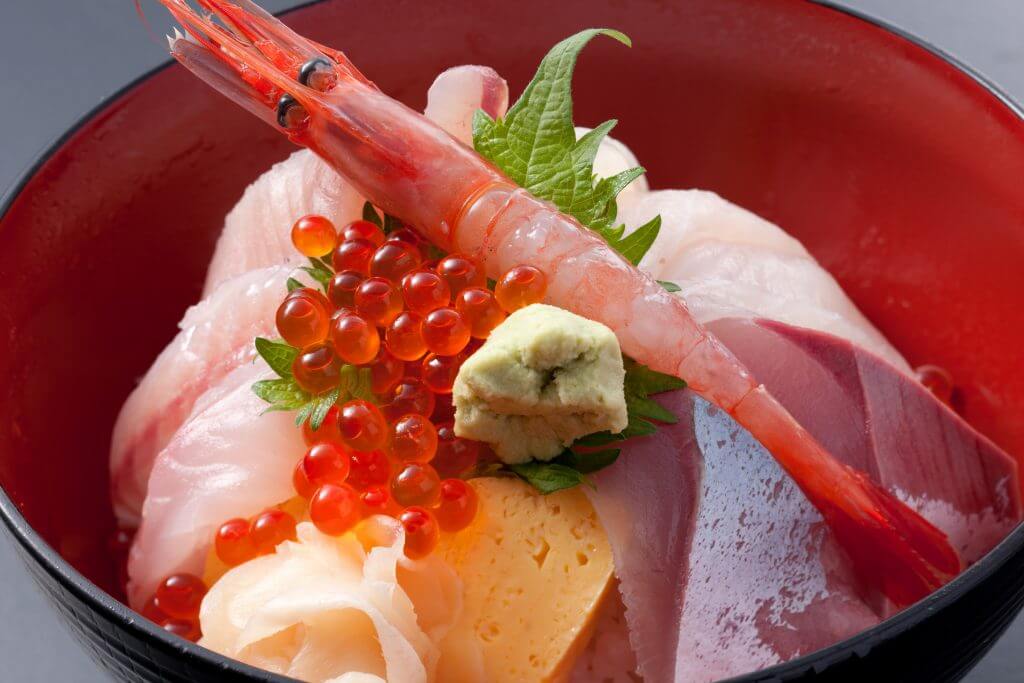
Many catchment areas are only 20-minutes from the coastal markets, meaning that the day’s catch is still exceedingly fresh when it arrives at vendors and restaurants – both on the coast and in Toyama City. Don’t have time to head to the coast? No problem at all! You’ll find plenty of restaurants in Toyama City selling the day’s fresh catch including the highly-sought after ‘Toyama Bay Sushi’. For more tips and suggestions of what’s on offer in the region, see our ’25 Things To Do Around Toyama & Where To Stay’ page.
16 / AMAHARASHI COAST / all year round
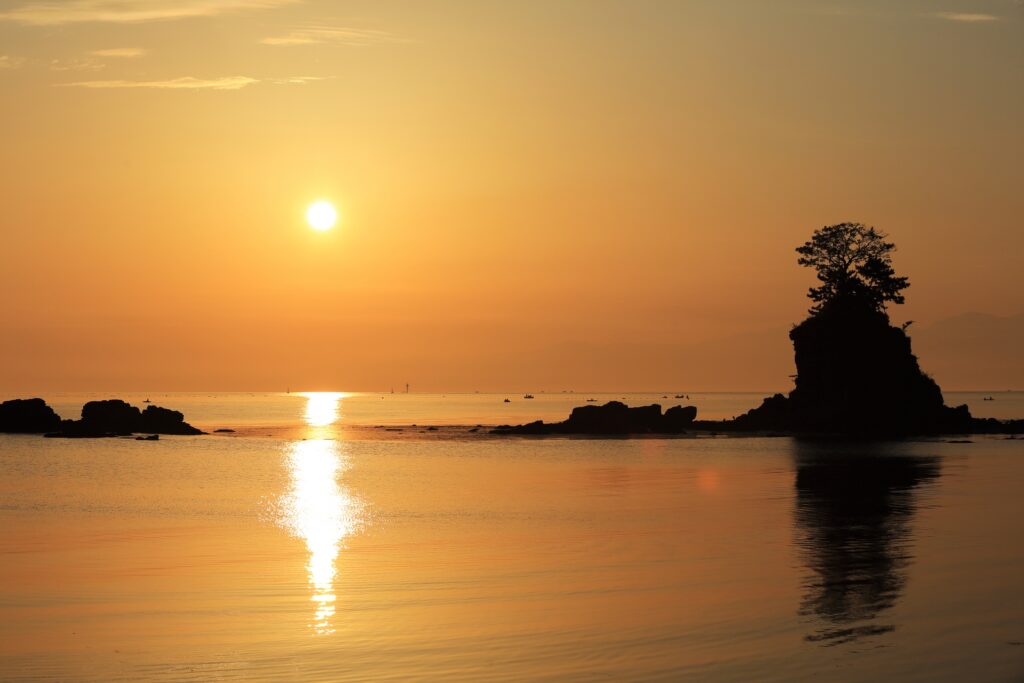
While a little out of the way, the Amaharashi Coast is a famous sight for many Japanese – known for its pristine beauty and Onnaiwa (Woman’s Rock) set against the background of the North Japan Alps including Mt Tate. Having inspired artists and poets of countless years, Amaharashi is one of the best spots to witness Toyama’s famous mountain vista. For more tips and suggestions of what’s on offer in the region, see our ’25 Things To Do Around Toyama & Where To Stay’ page.
The spectacular view of the mountains against Toyama Bay may be difficult to access so join us for a tour! It combines other sites in Takaoka such as the Japan Heritage Site of Zuiryuji, the Big Buddha of Takaoka and a metalworking workshop. If you’re interested, find more information below on our Takaoka Tour page.
1 Day Tour
| 1 Day Tour from Kanazawa: Takaoka’s Temples, Metalworking Experience and Stunning Toyama Bay Views | |
| Period | All Year Round |
| Time | 08:00 – 18:15 |
| Meeting Place | Kanazawa Station |
| Adult Rate | ¥21,000 |
| Child Rate | ¥18,000 |

17 / KANAZAWA / all year round
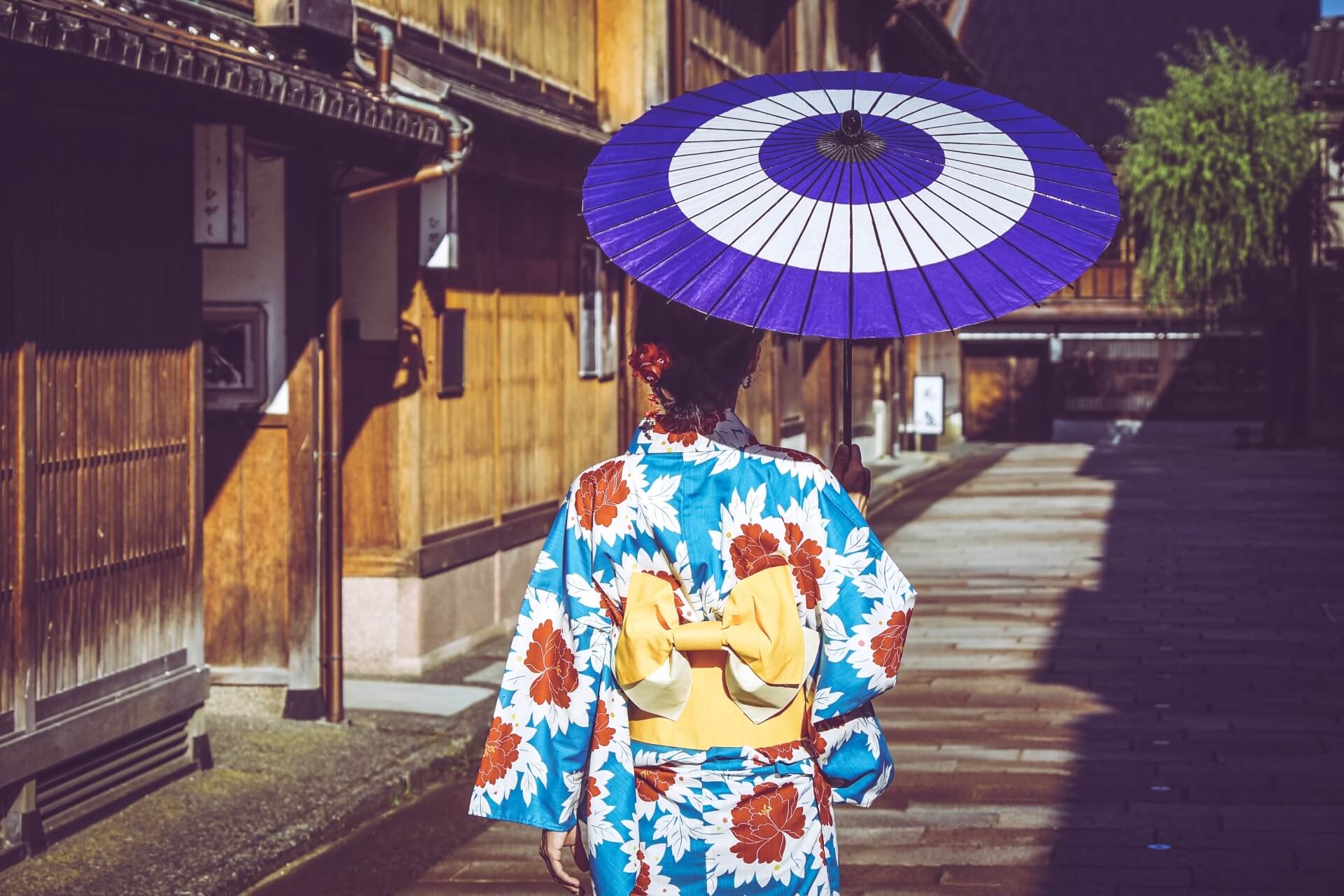
As the northern terminus on the Hokuriku Shinkansen Line, Kanazawa is a convenient and popular stop enroute from Tokyo to Kyoto and Osaka (or the reverse itinerary). One of the most historic and enjoyable cities in Japan, Kanazawa is well-suited to a multi-day visit combining the many attractions of the city with nearby regional highlights. From it’s historic attractions and districts to its excellent galleries, museums, shopping and dining, visitors tend to fall in love with Kanazawa and wish they’d allowed more time in their schedule to explore all it has to offer. For tips and suggestions of what’s on offer there, see our ’25 Things To Do Around Kanazawa & Where To Stay’ page.
The traditional geisha district, the stunning Kenrokuen garden, the bustling Omicho Fish Market and the beautiful Nagamachi Samurai District are all must sees and on our walking tour of Kanazawa. There is also a matcha experience where you can taste matcha and sweets while looking over a Japanese Garden. Check it out below!
1 Day Tour
| 1-Day Tour from Kanazawa: Samurai, Matcha, Gardens and Geisha | |
|
| |
| Period | All Year Round |
| Time | 09:00 – 17:30 |
| Meeting Place | Kanazawa Station |
| Adult Rate | ¥17,800 |
| Child Rate | ¥11,000 |

18 / TAKAYAMA / all year round
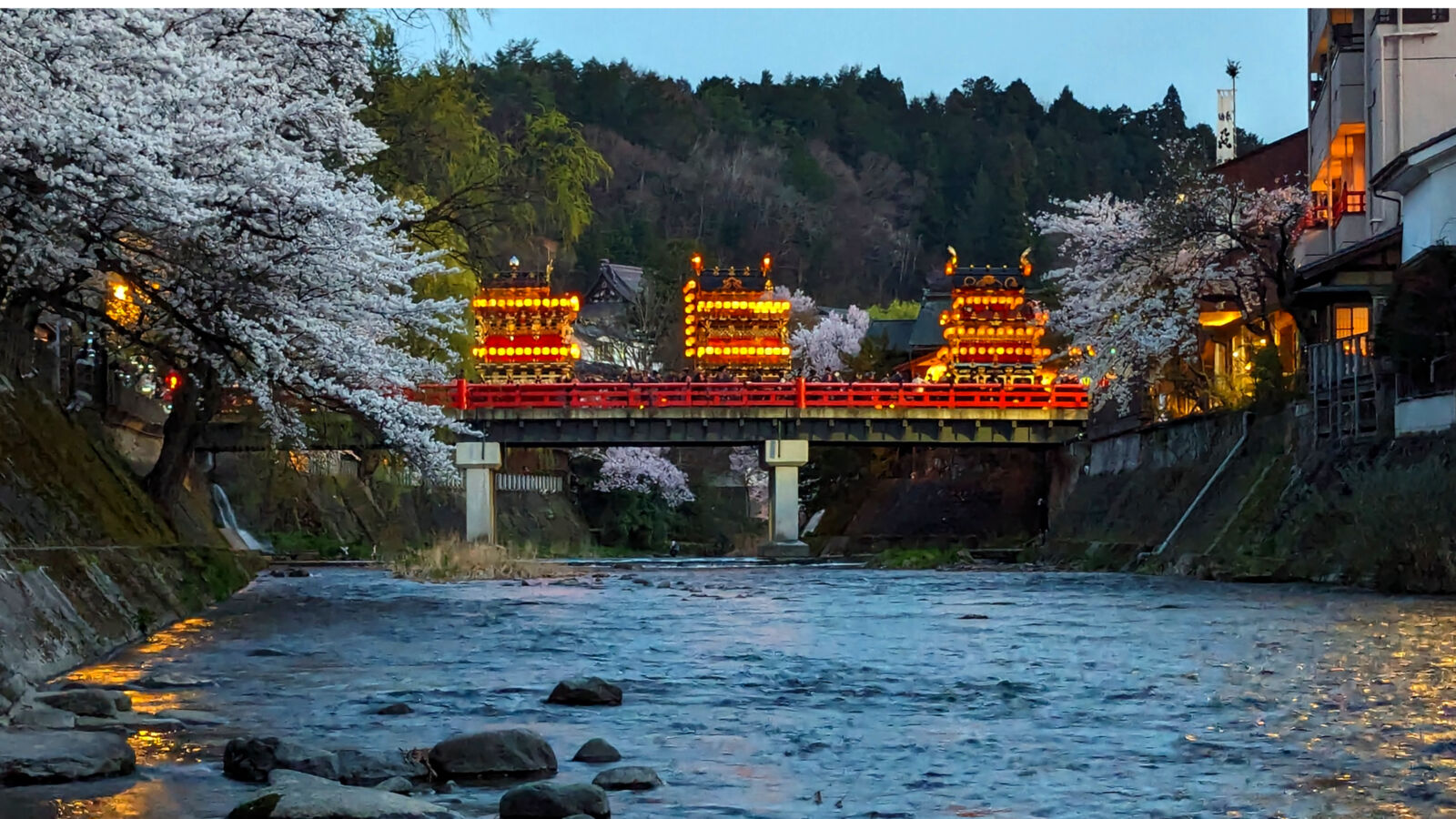
Around one hour from Shirakawa-go and Gokayama, the historic old town of Takayama is another popular destination. Famous for the excellent preservation of its Edo Period (1603-1868) historic center, Takayama draws large crowds. The old town has a variety of shops such as traditional miso shops, sake shops with tastings, high quality beef venders and various different types of cafes. In the eastern part of the city are a variety of temples and shrines that can be a good place to explore and get away from the crowds. Takayama is also home to two of Japan’s great festivals that occur once in spring and once in autumn. You can get a feel for the size of the floats used in the festival at the Takayama Festival Museum. Takayama is a great small city where you can get a feel for traditional Japan and also explore the natural beauty that surrounds the city.
Explore the historic streets of Takayama and also the famous UNESCO World Heritage Site Shirakawago and its thatched roof gassho-zukuri houses. You will feel like you are transported to the Edo period in both urban and rural senses. Check it out below!
1 Day Tour
| 1-Day Tour from Takayama: Explore Scenic Old Japan in Takayama and Shirakawa-go | |
|
| |
| Period | All Year Round |
| Time | 09:00 – 18:30 |
| Meeting Place | Takayama Station |
| Adult Rate | ¥20,800 / 22,800 |
| Child Rate | ¥12,000 / 14,000 |

19 / NAGANO CITY & ZENKO-JI TEMPLE / all year round
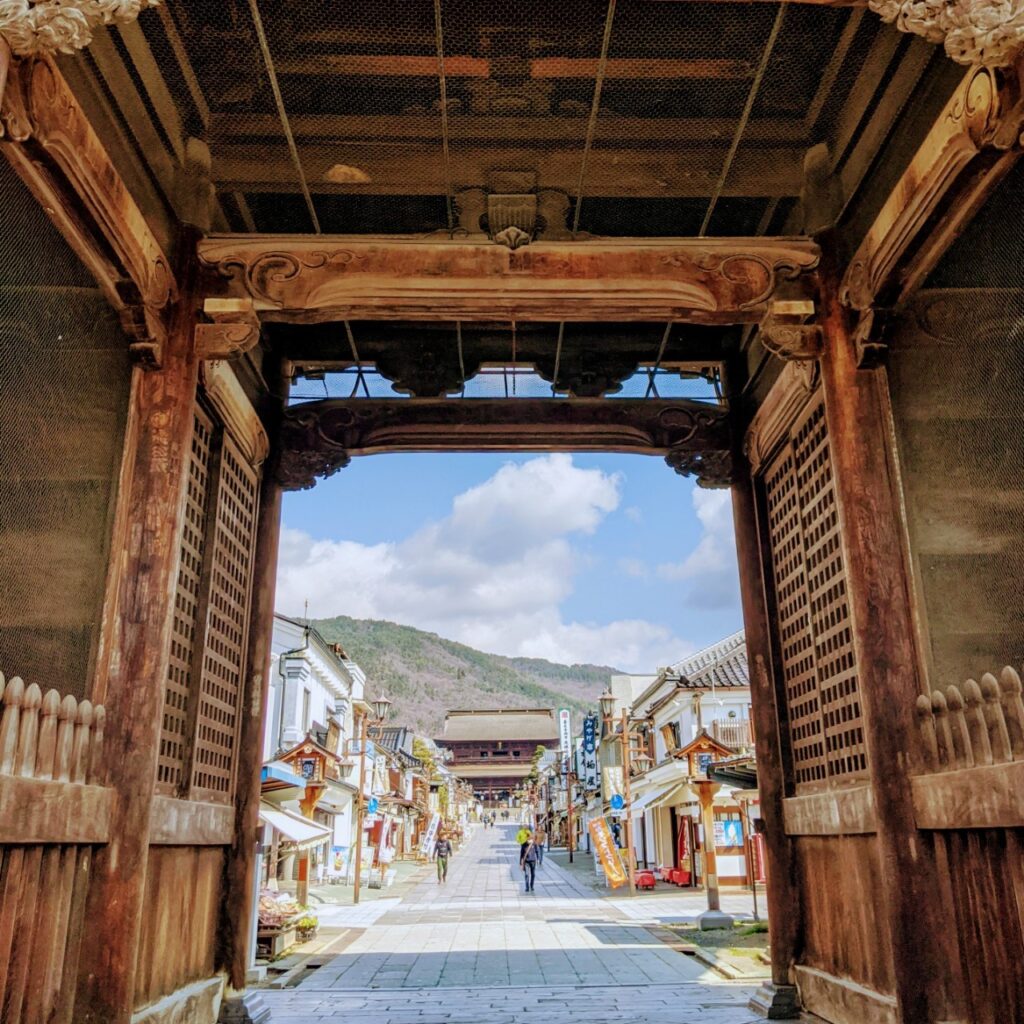
Visitors starting from or descending to the Nagano-side of the Alpine Route will almost certainly go through Nagano City. Located only 20-minutes walk from Nagano Station, Zenko-ji Temple is the spiritual heart of Nagano itself. With a near-1400 year history, Zenko-ji’s story is entwined with that of Nagano and to this day, the temple retains its central importance to life in the region. One of the oldest and most important Buddhist temples in Japan, Zenko-ji is also the third largest and home to the first known Buddhist statue ever brought to Japan.
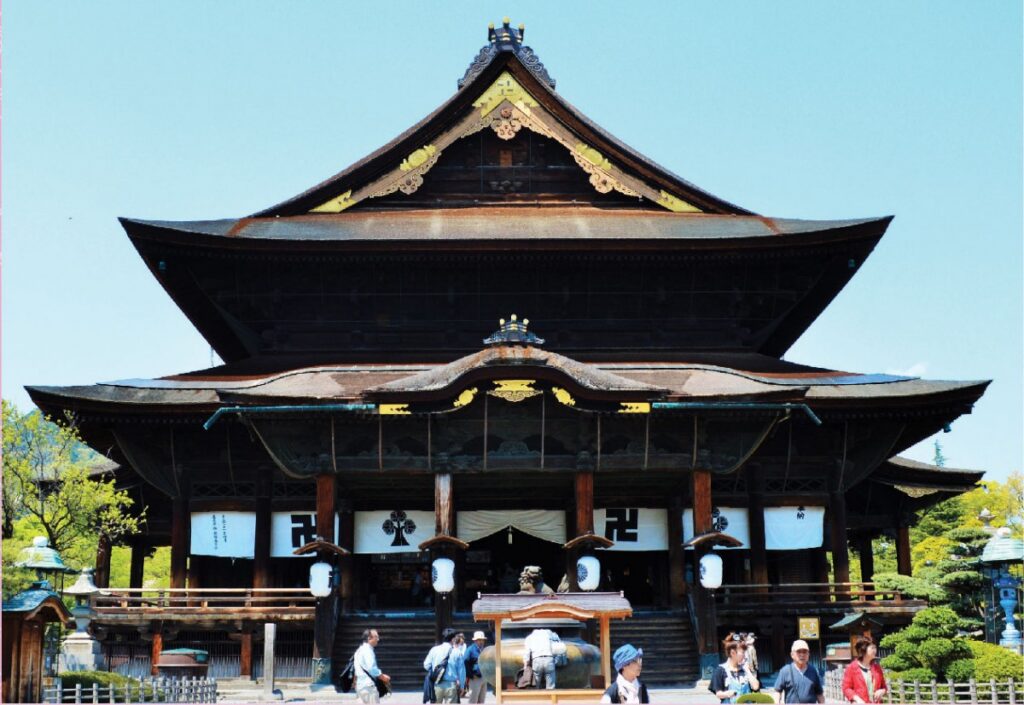
1 Day Tour

| 1-Day Tour: Snow Monkeys, Zenko-ji Temple & Sake in Nagano | |
|
| |
| Period | All Year Round |
| Time | 09:35 – 17:35 |
| Meeting Place | Nagano Station Hakuba (winter only) |
| Adult Rate | ¥17,800 |
| Child Rate | ¥11,000 |

Open all year round, the temple performs a morning ceremony every day of the year. Taking place just after sunrise, the time of the ceremony varies throughout the year and is too early to attend unless staying in Nagano City. But it is worth-noting as it underlines Zenko-ji’s reputation as one of the most open and welcoming temples in the country. While there, visitors are welcome to experience traditional practices including guided meditation, goma prayer and calligraphy.
20 / TOGAKUSHI – FOREST SHRINES & MOUNTAIN NINJA / all year round
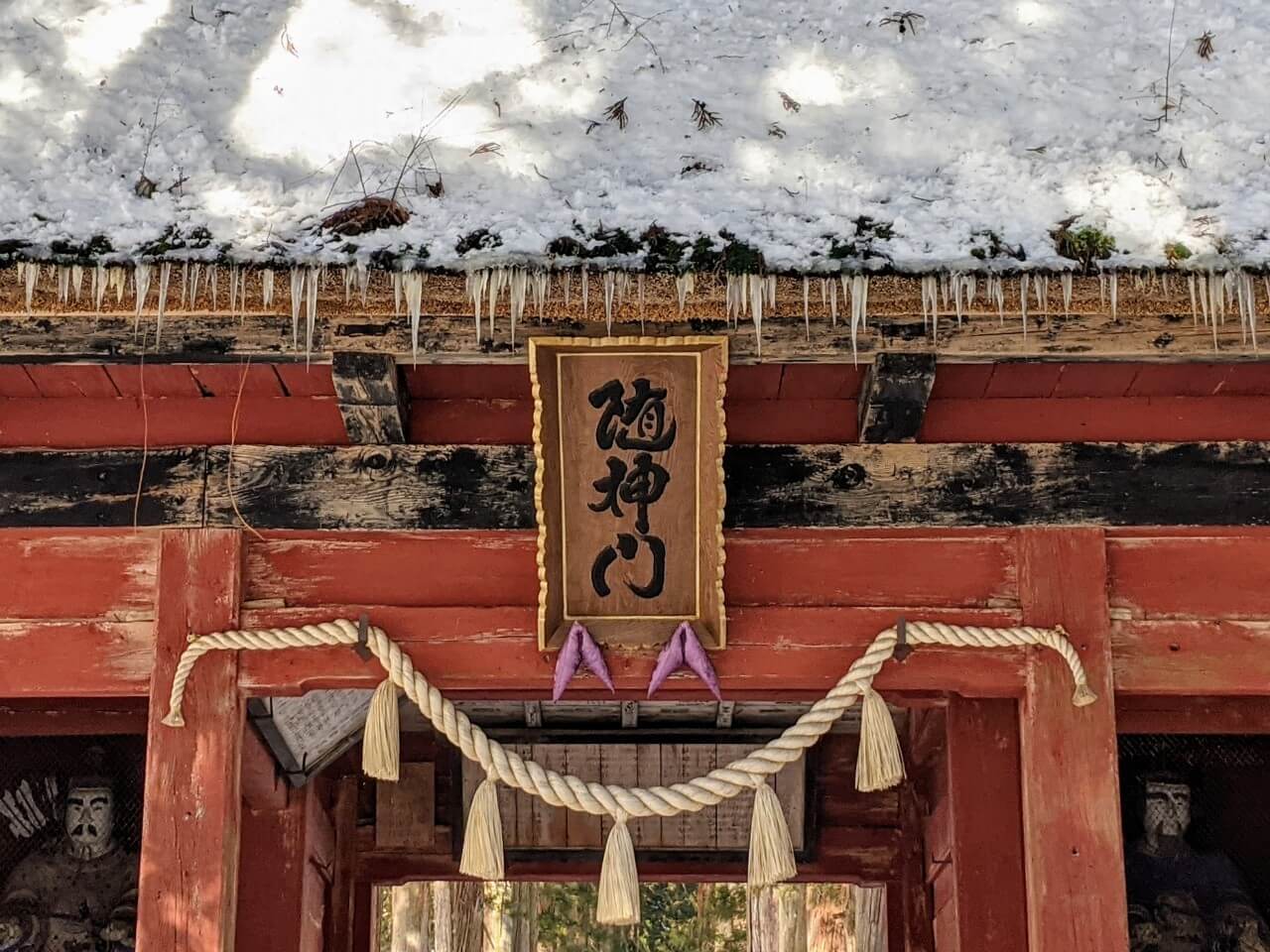
Sitting in the forests just outside of Nagano City, Togakushi is home to some of Japan’s most important Shinto shrines, the birthplace of a school of ninja, and producer of some of the best ‘soba’ (buckwheat noodles) in the country. It is also home to Togakushi Ski Resort, a little known but great little resort that can be accessed using a local bus from Nagano Station. All of that makes Togaksuhi an all year round destination which is now coming to the attention of international visitors. The shrines of Togakushi are spread through the forest, connected by walking tracks of which the avenue leading to the ‘Okusha’ (Upper Shrine) is the most famous. Lined by huge cedars, this is spectacular and otherworldly environment – one that captures the imagination and lives on for many as one of the highlights of Japan.
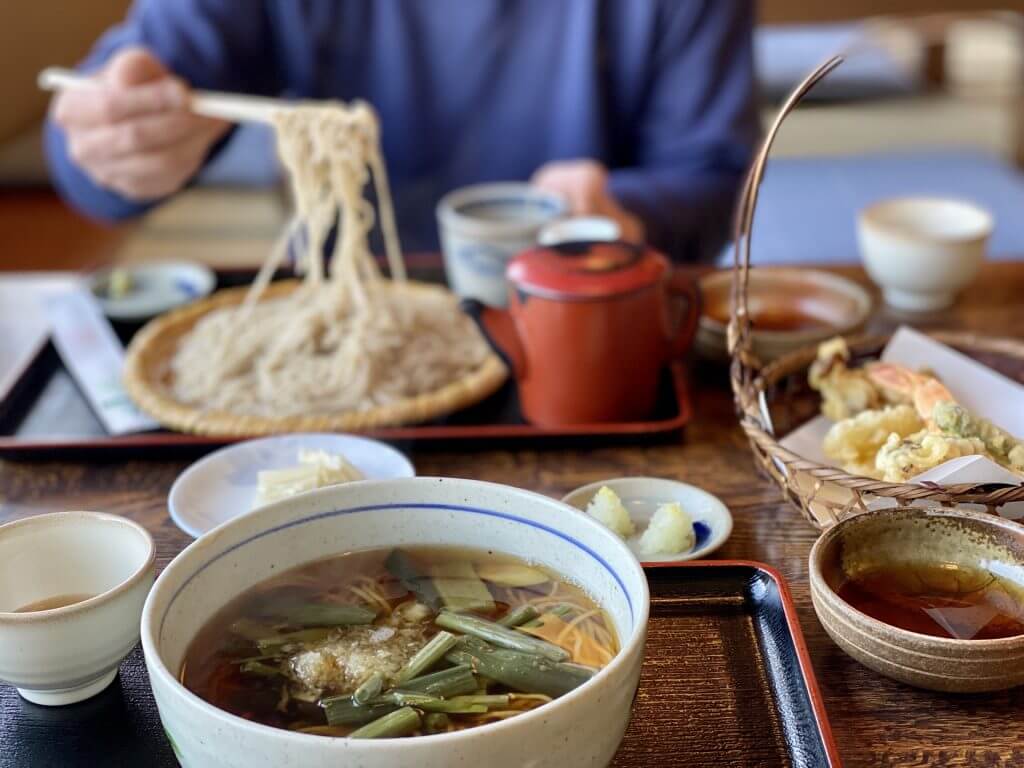
Numerous soba restaurants serve Togakushi’s signature noodle dishes while bamboo craft stores sell all manner of the highest quality wares. Home to the Togakure School of Ninja, Togakushi’s NinJa Museum and Ninja Kids Village make for great entertainment from spring to autumn, before the snow returns and Togakushi Ski Resorts draws mostly local skiers who know just how good the ski runs are. Togakushi is waiting for you to discover it!
21 / JIGOKUDANI MONKEY PARK / all year round
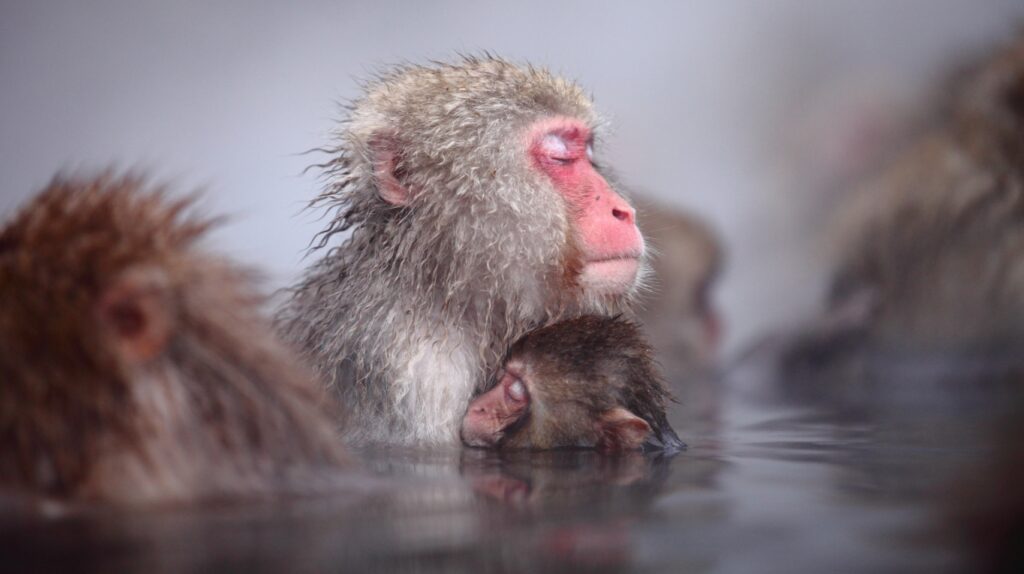

The monkeys of the Jigokudani Monkey Park can proudly claim to be as famous as the Snow Walls of the Tateyama-Kurobe Alpine Route. Located a little way from the Alpine Route but still readily accessible, the Jigokudani Monkey Park has achieved global fame due to the curious behavior of the resident monkeys – the only troop of monkeys in the world known to (naturally) bathe in hot springs. Known fondly as ‘snow monkeys’, they are in fact there all year round with spring, summer and autumn each providing their own reasons to visit to the park. And of course, being based in Nagano and called ‘Snow Monkey Resorts’ we offer plenty of tours – both group and private – to the park. For all the options, see our ‘Tour’ page – we operate all year round!
21 / ADVENTURE IN HAKUBA / all year round

Best known for its outstanding ski resorts, Hakuba is quickly developing its profile as a destination for green season sports including hiking, trail running, cycling, stand-up paddling and more! Sitting in the shadow of the Hida Mountains – also known as the North Japan Alps – Hakuba is your gateway to Japan’s highest mountain range and outstanding hiking and mountaineering. Trails are cater for all levels of fitness and expertise, from a leisurely strolls of under an hour to multi-day hikes requiring mountaineering expertise. Even if you just want to go slow and take in the beauty of the Alps in summer, Hakuba should definitely be on your list of destinations nearby the Tateyama-Kurobe Alpine Route. For tips and suggestions of everything on offer, see our ’25 Things To Do Around Hakuba & Where To Stay’ page.
22 / MATSUMOTO CITY / all year round
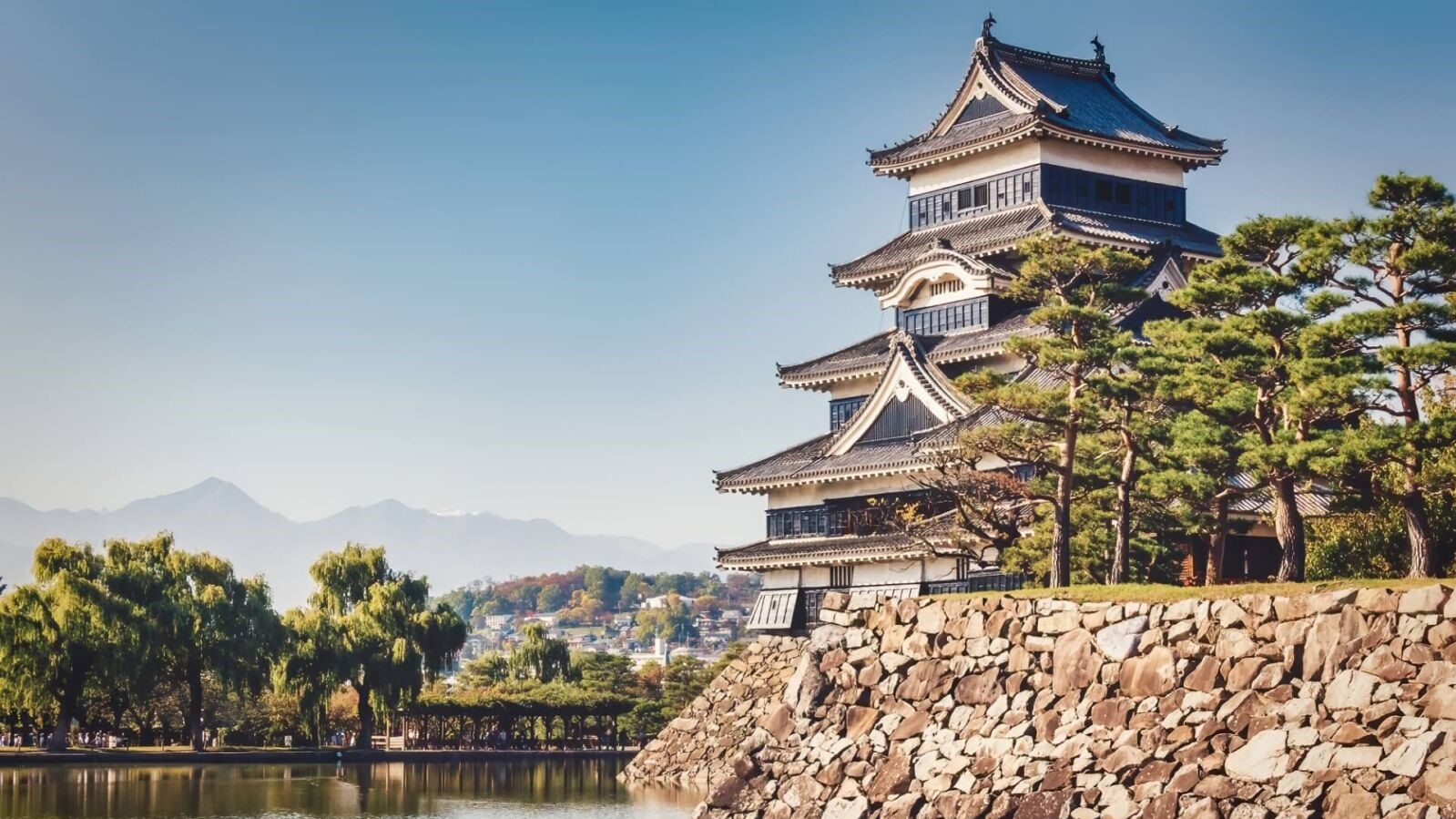
Standing guard over Matsumoto City for more than 400 years, Matsumoto Castle is a registered National Treasure and for Japanese, an instantly recognizable structure. Visiting the castle is an easy and enjoyable day-trip via Nagano Station. While there, enjoy the historic character of the city along with its many good cafes, restaurants, museums and shopping. For visitors moving on from Myoko, Matsumoto is a great launching point from which to head west or south and enjoy the following destinations. For suggestions of what’s on offer, see our ’25 Things To Around Matsumoto & Where To Stay’ page.
24 / KAMIKOCHI – VALLEY OF THE GODS / April to November
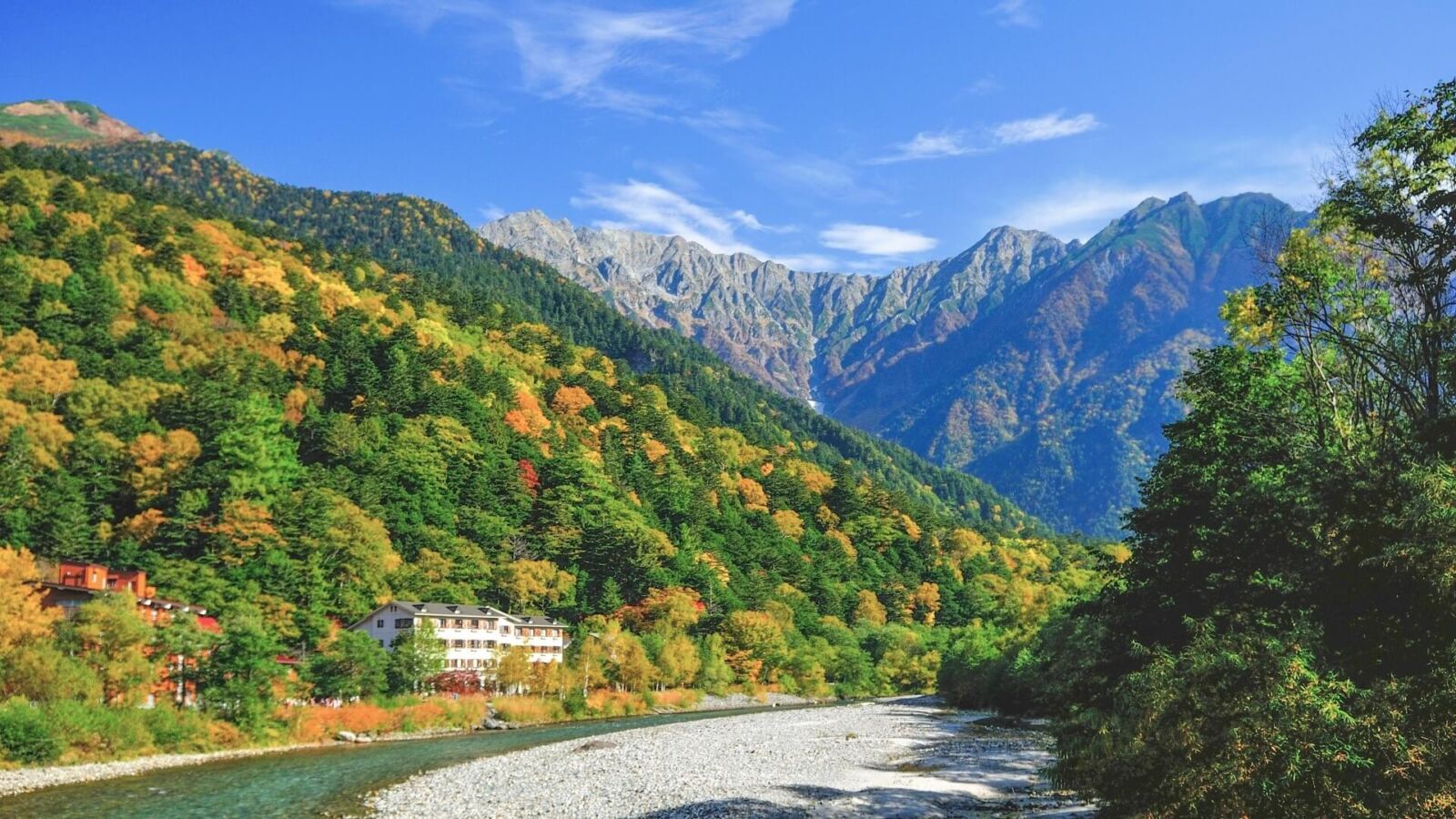
Situated in the Chubu Sangaku National Park, Kamikochi is a pristine and beautiful alpine valley open to the public from mid-April until mid-November each year. The valley follows the Azusa River while some of Japan’s tallest mountain peaks rise to over 3000 meters above. From the Kamikochi Bus Terminal, walking trails span-out along the valley – suitable to anyone of reasonable fitness – before more advanced hiking and mountaineering trails lead into the mountains. Considered the jewel of the Chubu Sangaku National Park, visiting Kamikochi is one of Nagano’s most memorable experiences – a truly special place of natural and spiritual importance. For suggestions of just what’s on offer, see our ’15 Things To Do In Kamikochi & Where To Stay’ page.
25 / FOLLOW THE HISTORIC NAKASENDO / all year round
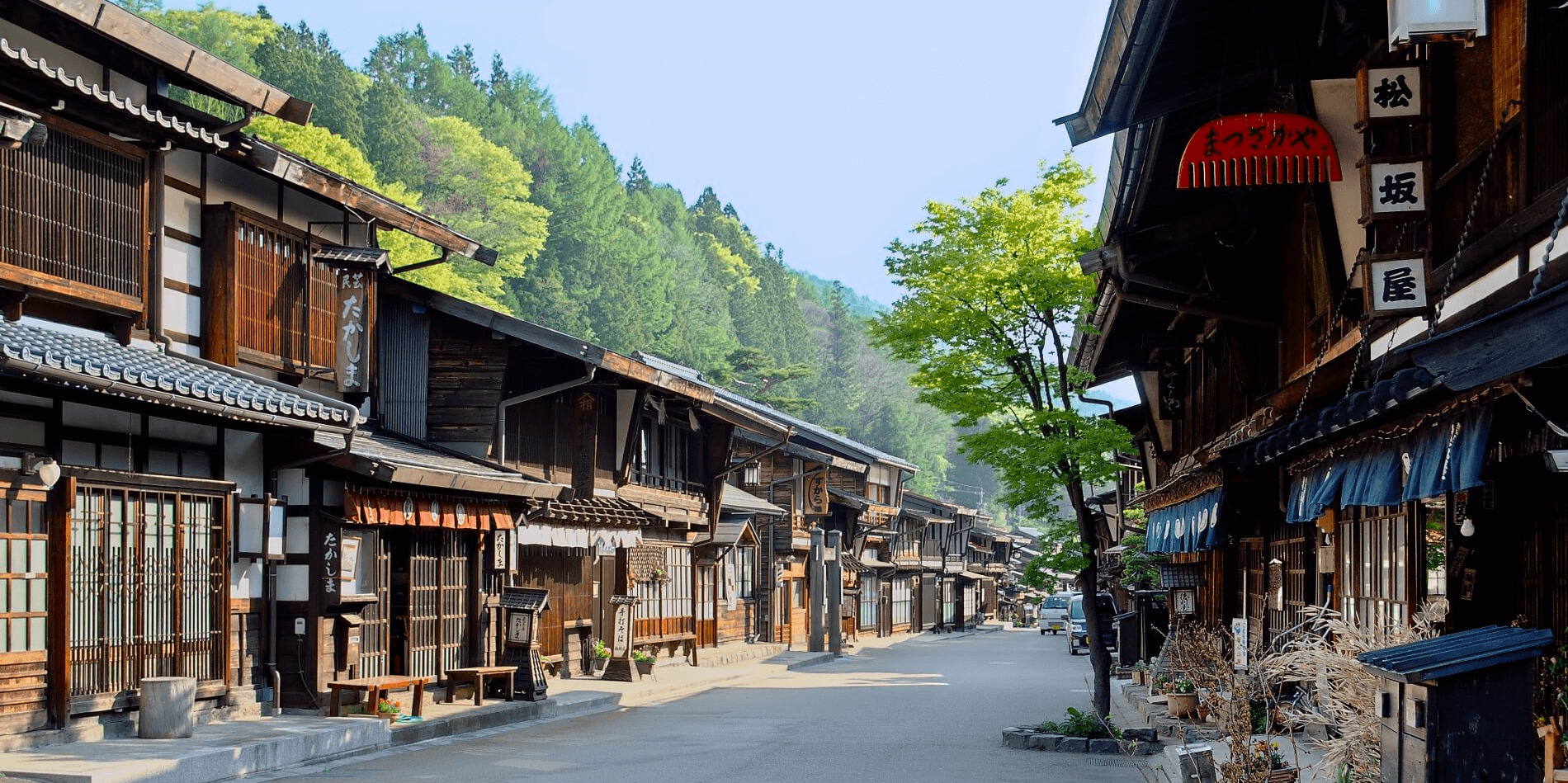
Lying to the south of Matsumoto, the Nakasendo Trail traces a historic highway that once connected Tokyo – then called Edo – and Kyoto during the Edo Period (1603-1868). Though much of the route is now gone, several sections can still be walked including the picturesque ‘Kisoji’, the section of road that runs through the Kiso Valley. Serviced by many ‘juku’ or ‘shukubamachi’ (post towns), the Kisoji is known for the historic preservation of Narai-juku, Magome-juku and Tsumago-juku. These picturesque little towns are cared for by local residents who strive to maintain their traditional aesthetic and ways of life. The journey on-foot between the towns is a lovely experience, particularly in spring and autumn.
BEST PLACES TO TO STAY WHEN VISITING THE ALPINE ROUTE
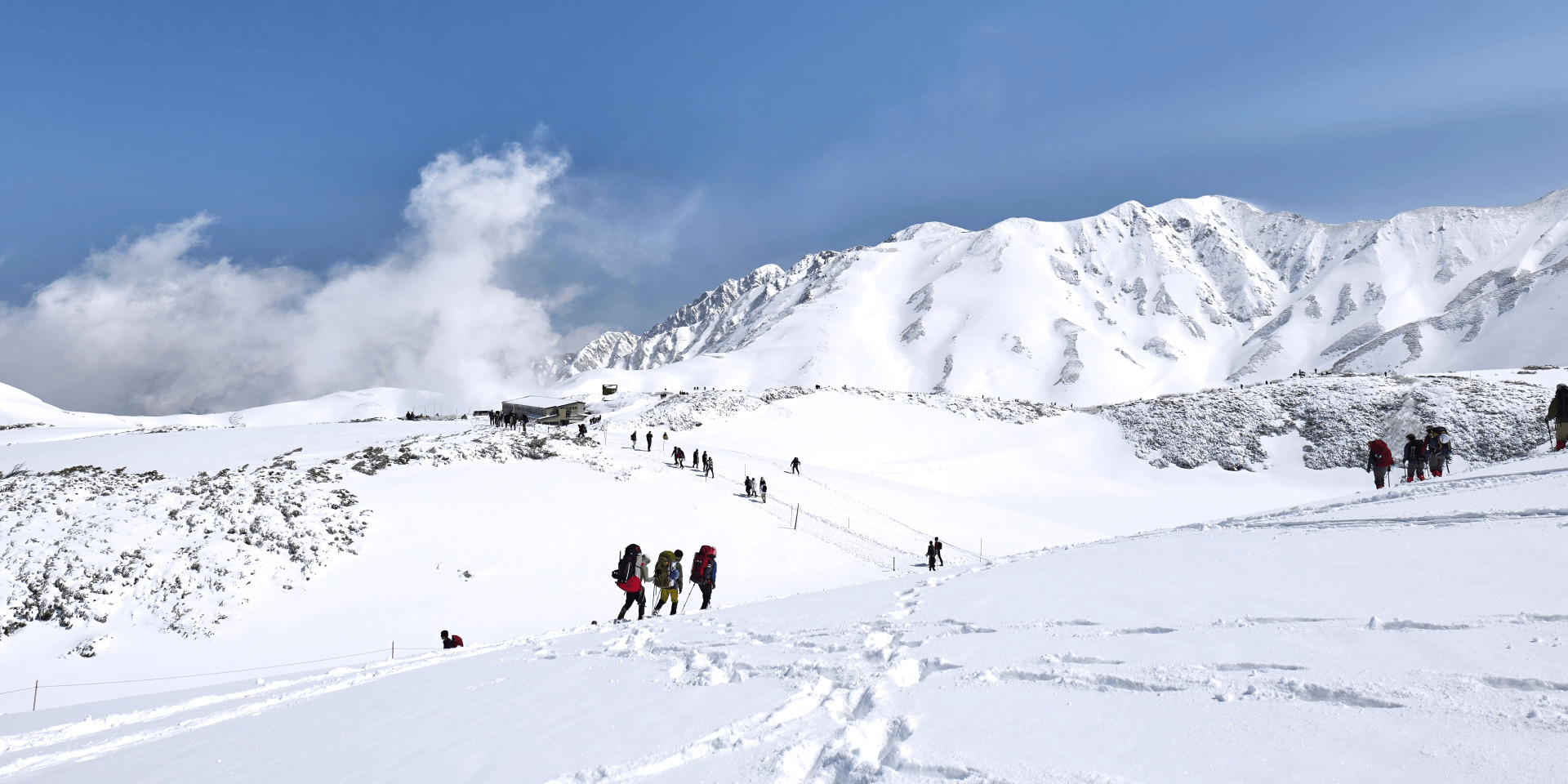
Most visitors headed to the Alpine Route will make their journey via either Nagano City or Toyama City, making those two locations the most common places to stay. There are however also options at the summit of the Alpine Route and around Tateyama Station on the Toyama-side of the mountains. Our ‘Best Places to Stay Around the Tateyama-Kurobe Alpine Route’ page has our suggestions of the best areas to stay, starting at the top before moving down to the base and nearby major cities, along with links to accommodation listings.
HOW TO GET TO THE ALPINE ROUTE
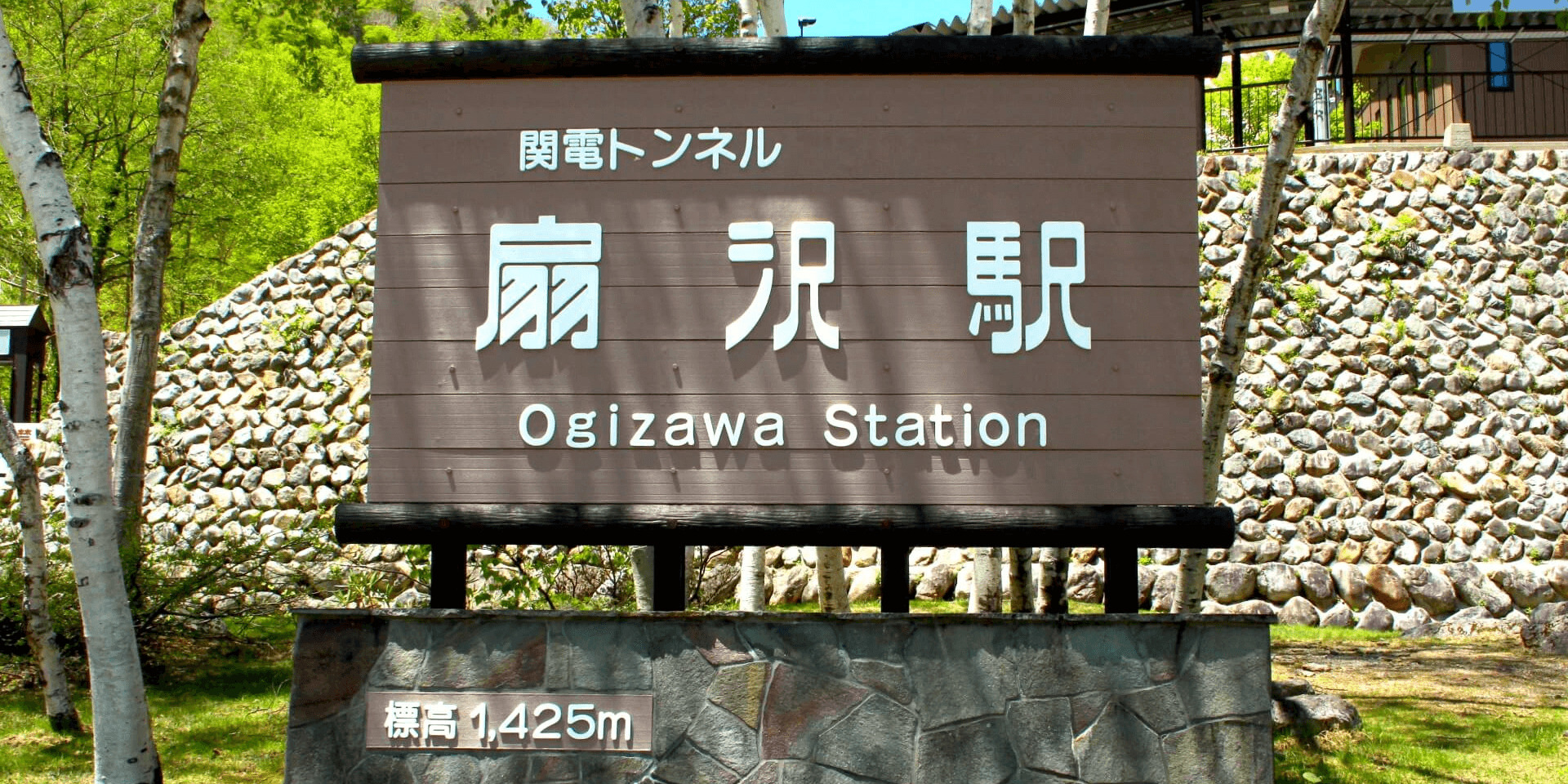
Most visitors heading to the Tateyama-Kurobe Alpine Route do so via Nagano City on the eastern-side of the mountain range of Toyama City on the western-side. Both Nagano Station and Toyama Station are stops on the Hokuriku Shinkansen line running from Tokyo to Kanazawa making them easy to get to from the capital and beyond. Our ‘How To Get To The Tateyama-Kurobe Alpine Route’ page has everything you need to make the journey as smooth as possible.
BOOK WITH US! NAGANO’S NO.1 TOUR & CHARTER OPERATOR
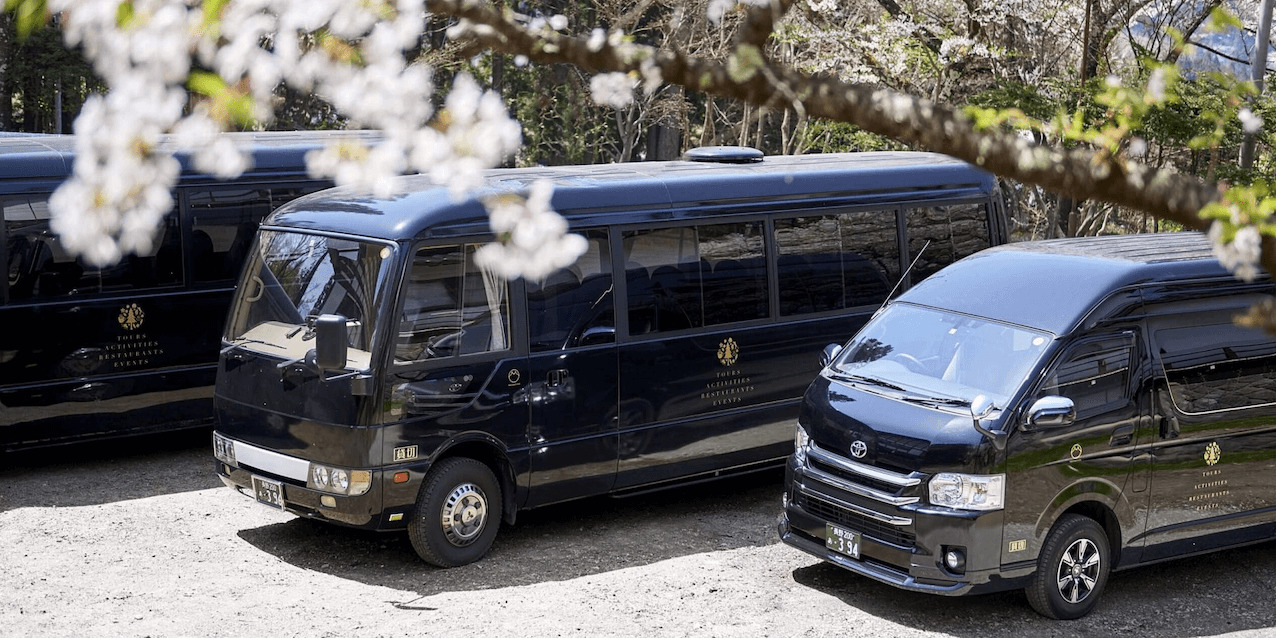

Central Japan offers many, many reasons to visit. Operating all year round, we are Nagano’s No.1-rated tour and charter operator, offering a range of services including group tours, private tours and charters. We can arrange transport including a private vehicle and driver, to transport you to, from and between any regional destination including the Tateyama-Kurobe Alpine Route.
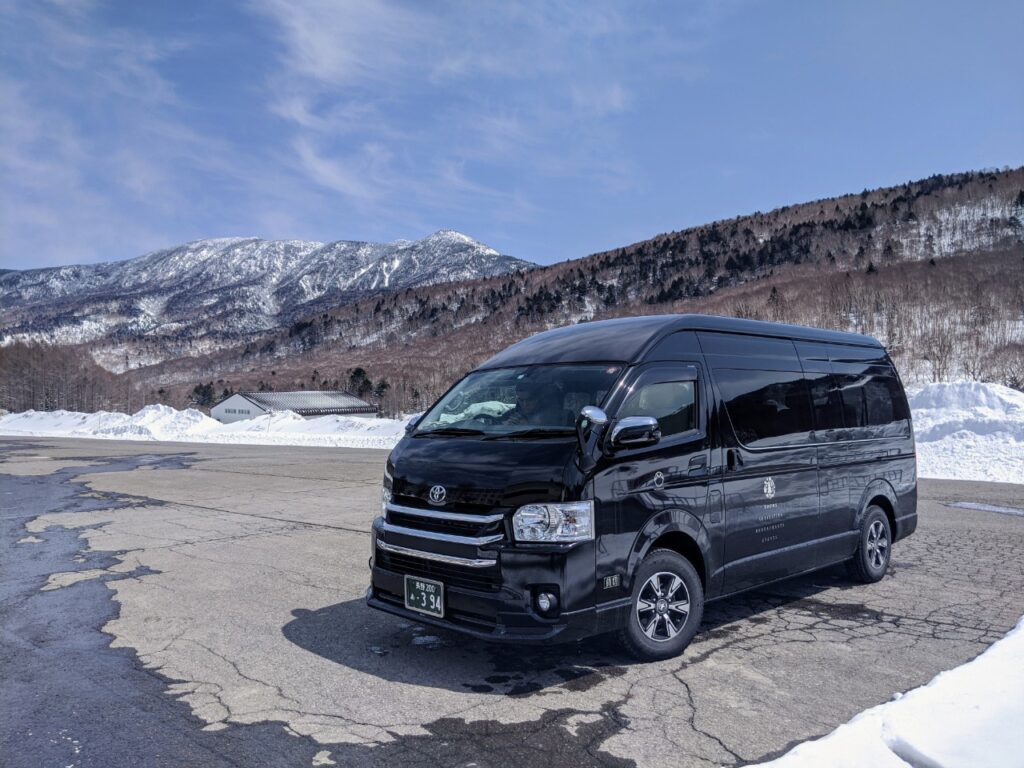
Our drivers and vehicles are fully certified, allowing us to transport you to and from your preferred destinations in combination with any activity that suits your schedule. All vehicles are fitted with a protective screen – separating the driver from passenger and luggage area – and our drivers wear protective masks, allowing you to move between your destinations in comfort and safety.

We can arrange both private tours with an English-speaking guide or a private charter, including a private vehicle and driver but without a guide. We’d love to be part of your adventure in Central Japan and help you discover even more!
Why choose us?
Awarded a 2022 TripAdvisor Travelers’ Choice Award for our 1-Day Snow Monkeys, Zenko-ji Temple & Sake Tour – recognised as one of the Top 10 Experiences in Japan – we have the local knowledge and experience to help you get the most out of your time in Nagano and Central Japan.
Got a question about visiting the Alpine Route and Central Japan? Click on the INQUIRY button below or contact us and let’s get planning together!



